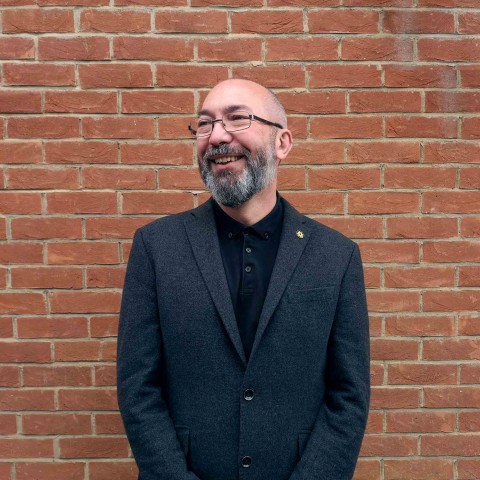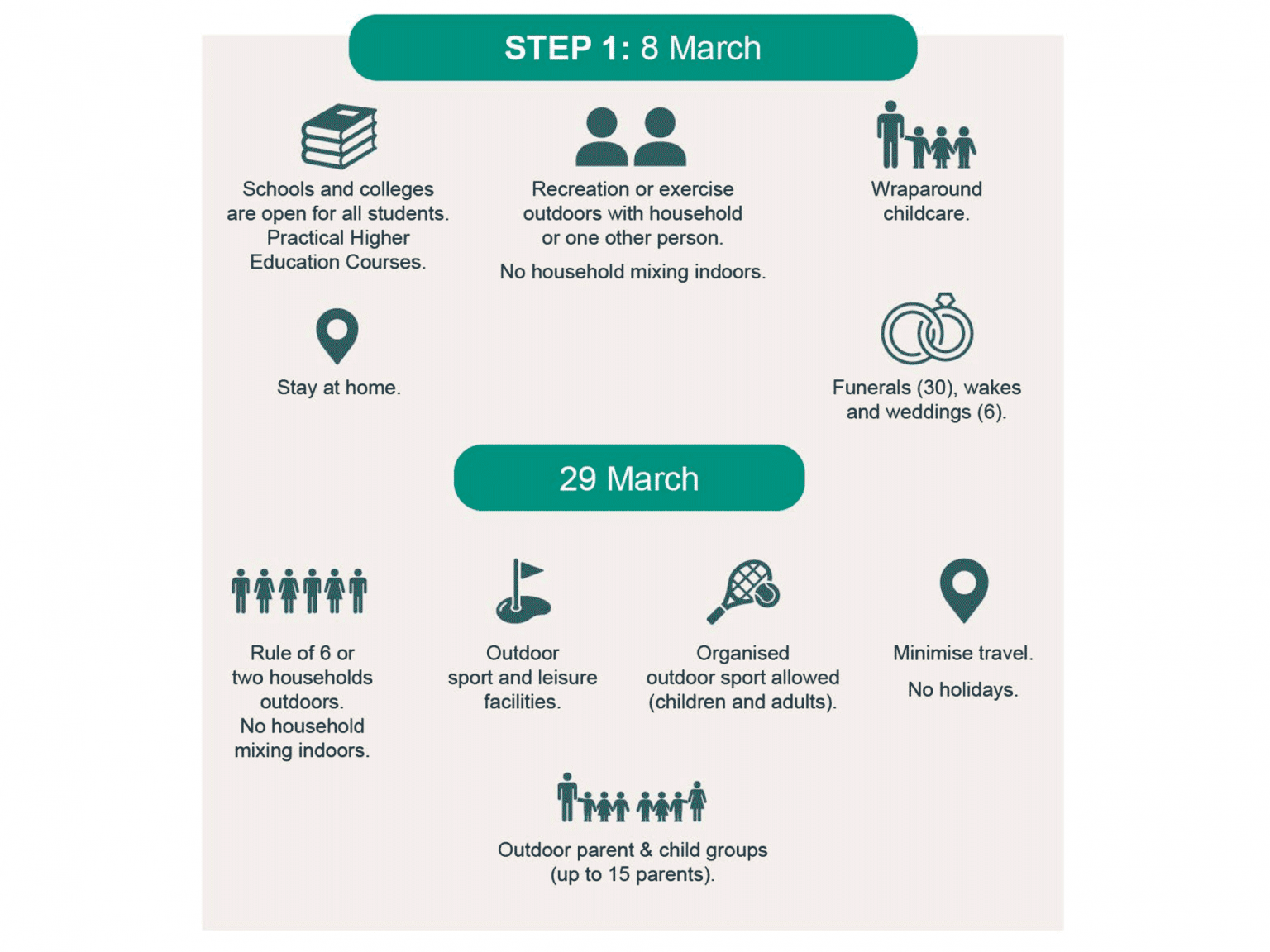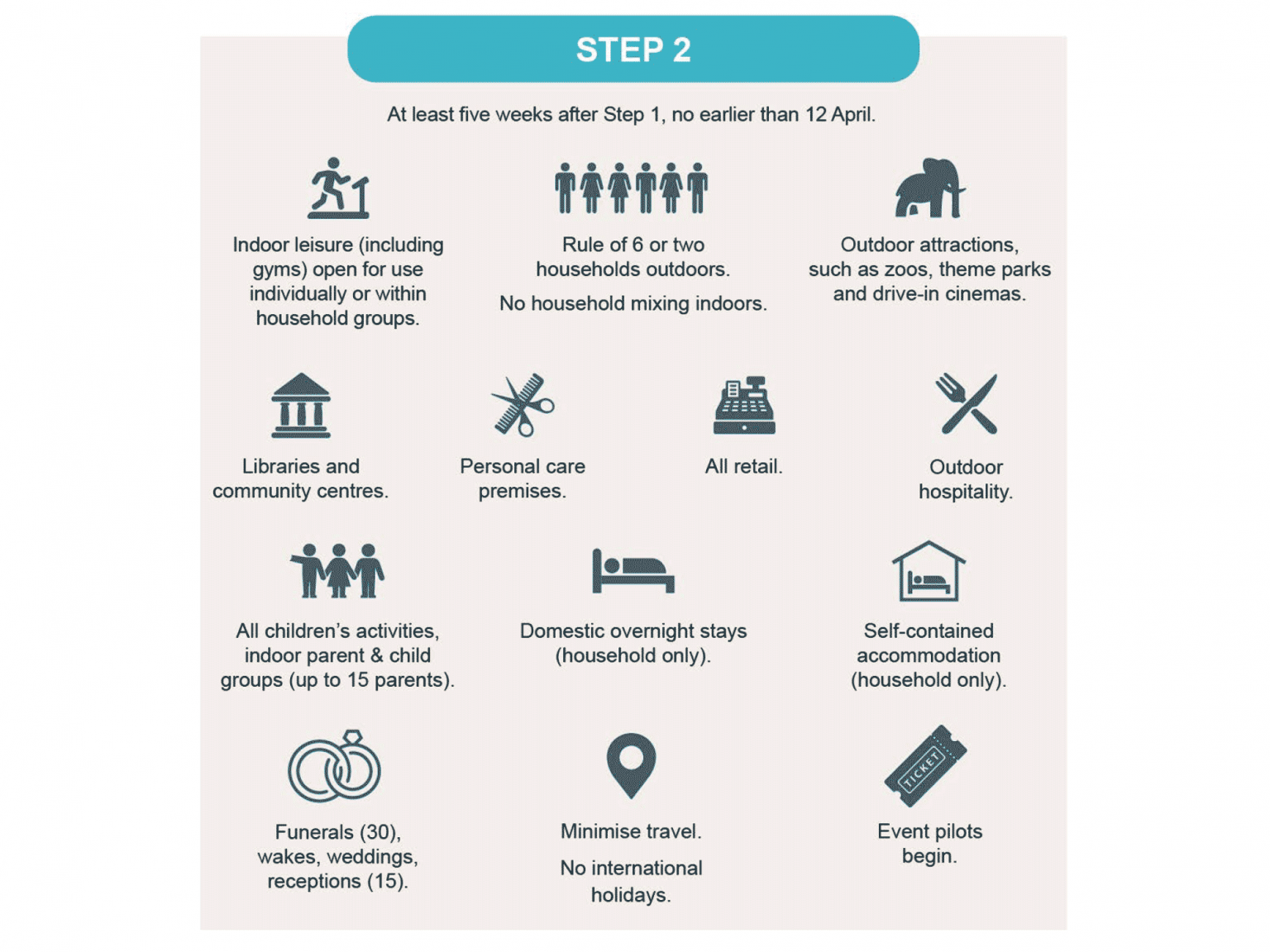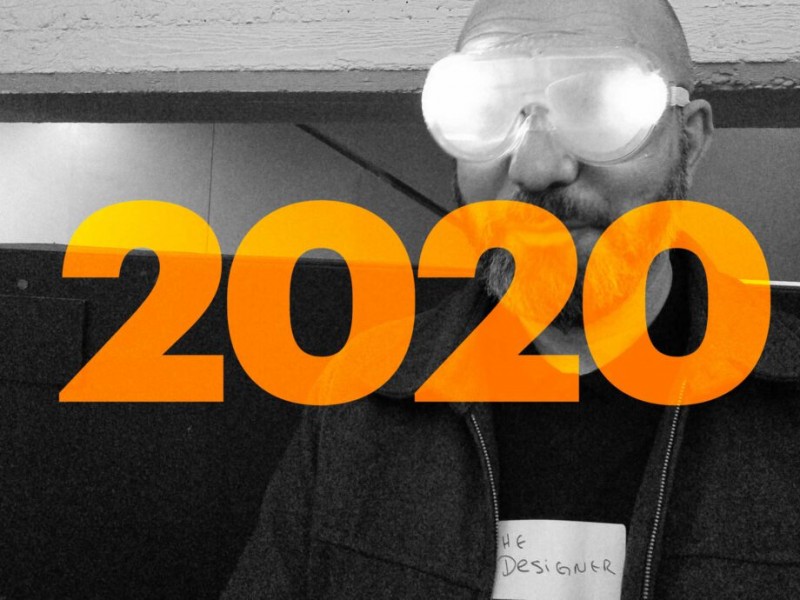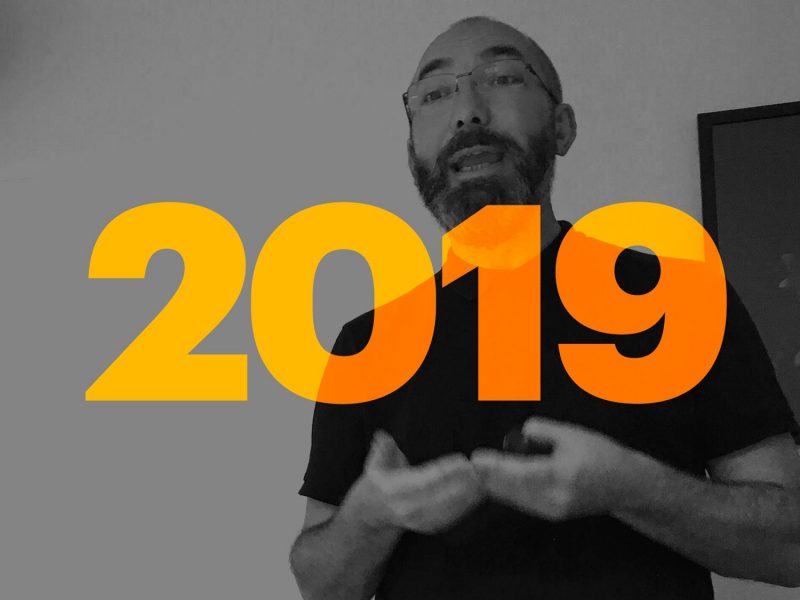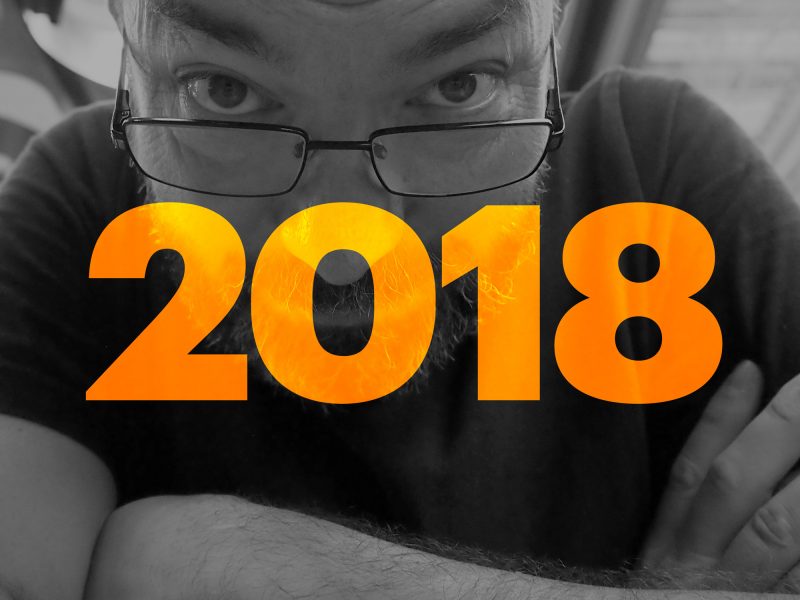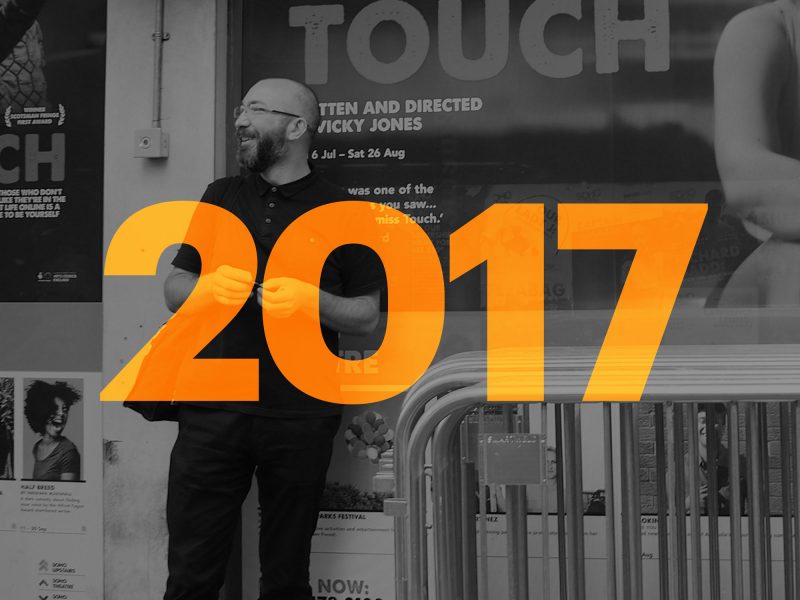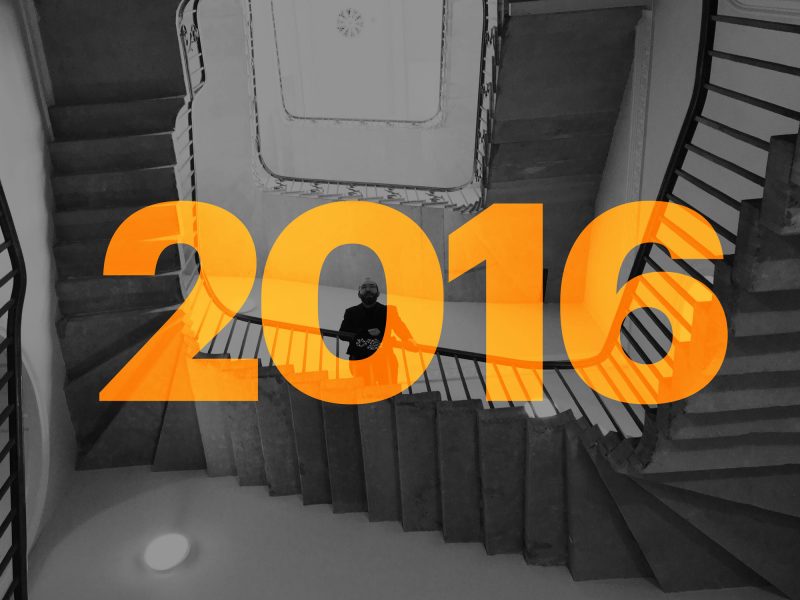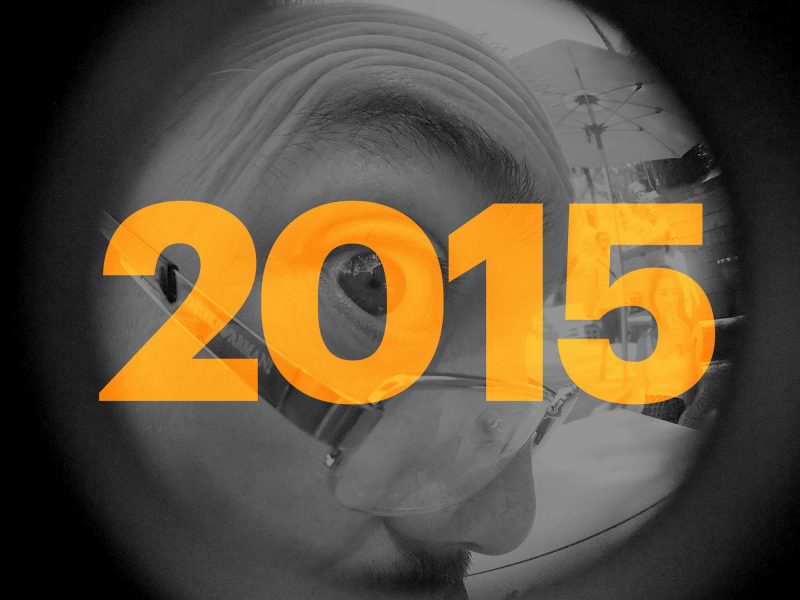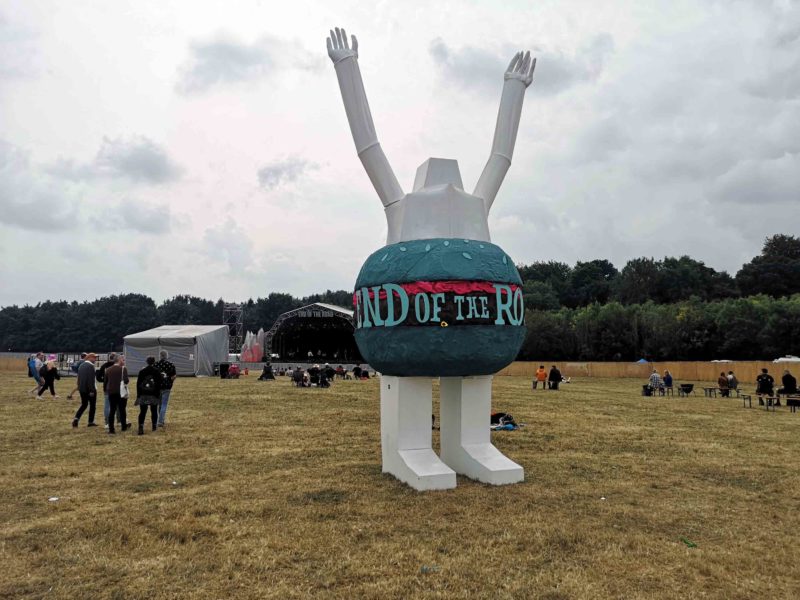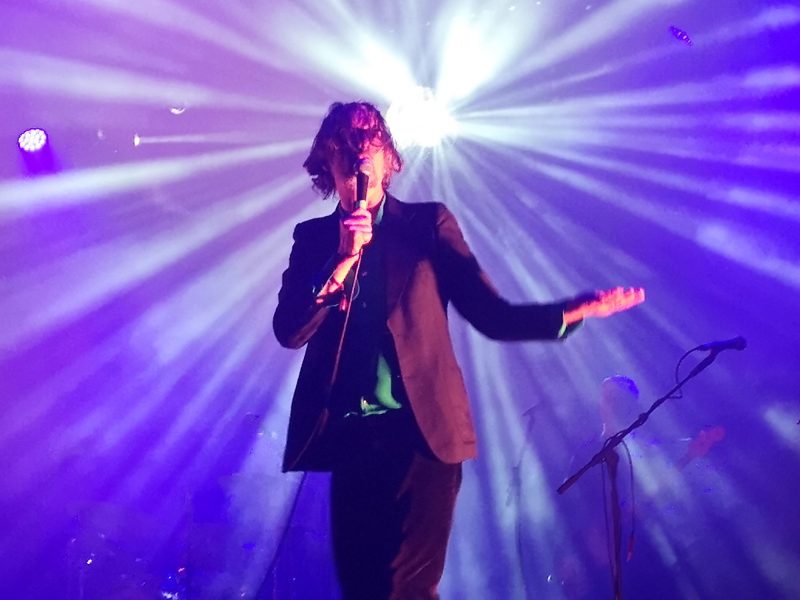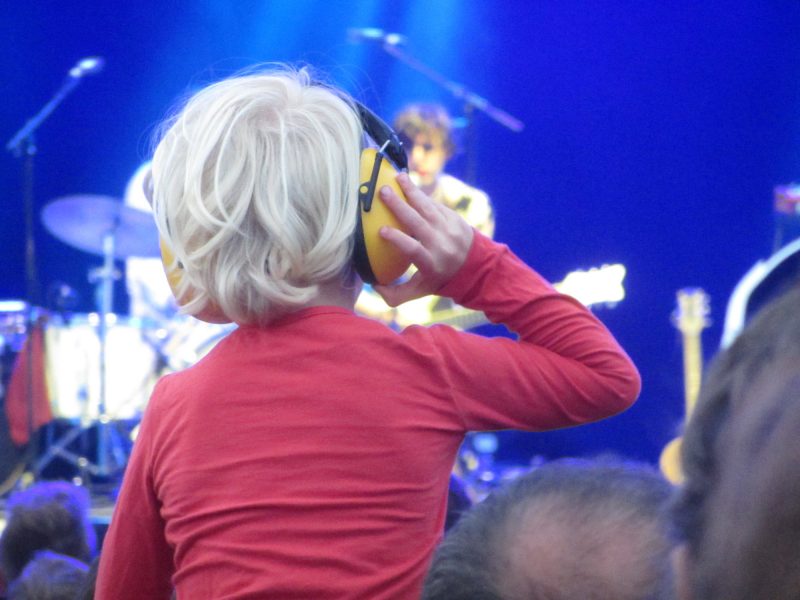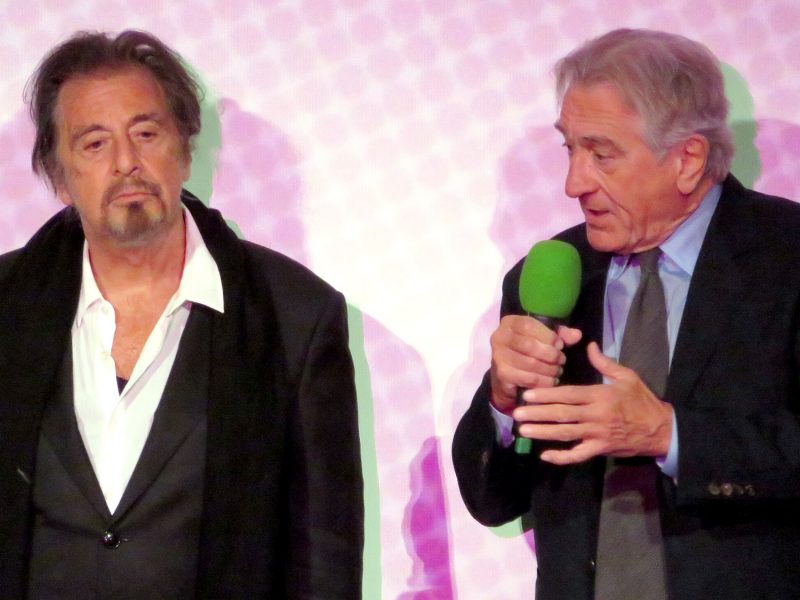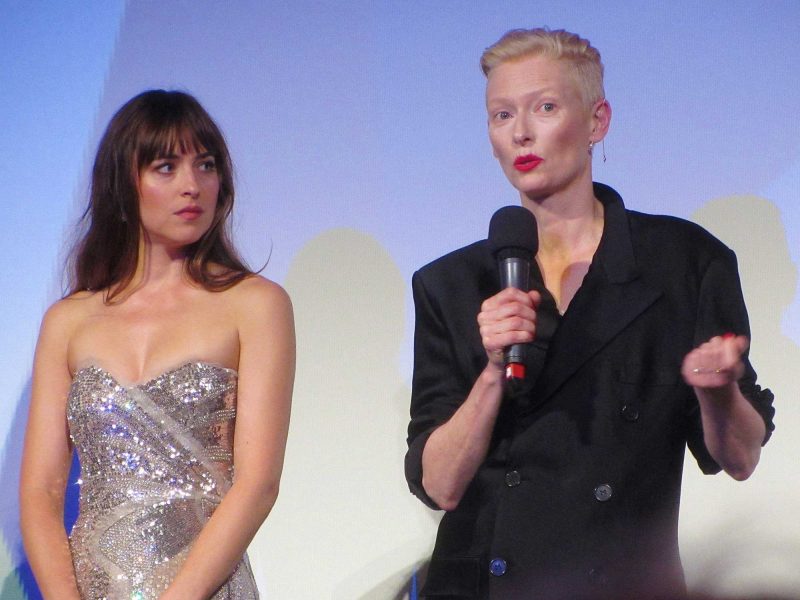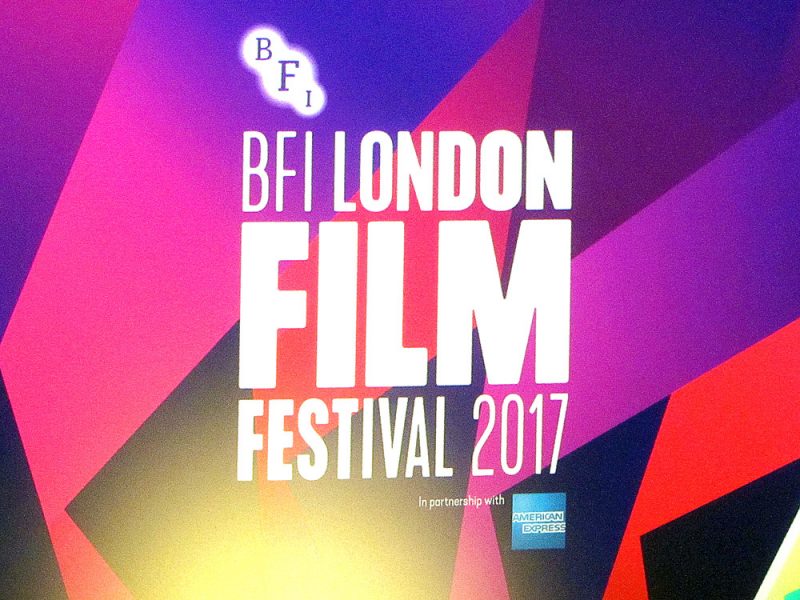Michael gives a month by month overview of his favourite cultural events of 2021…
Cultural highlights of 2021
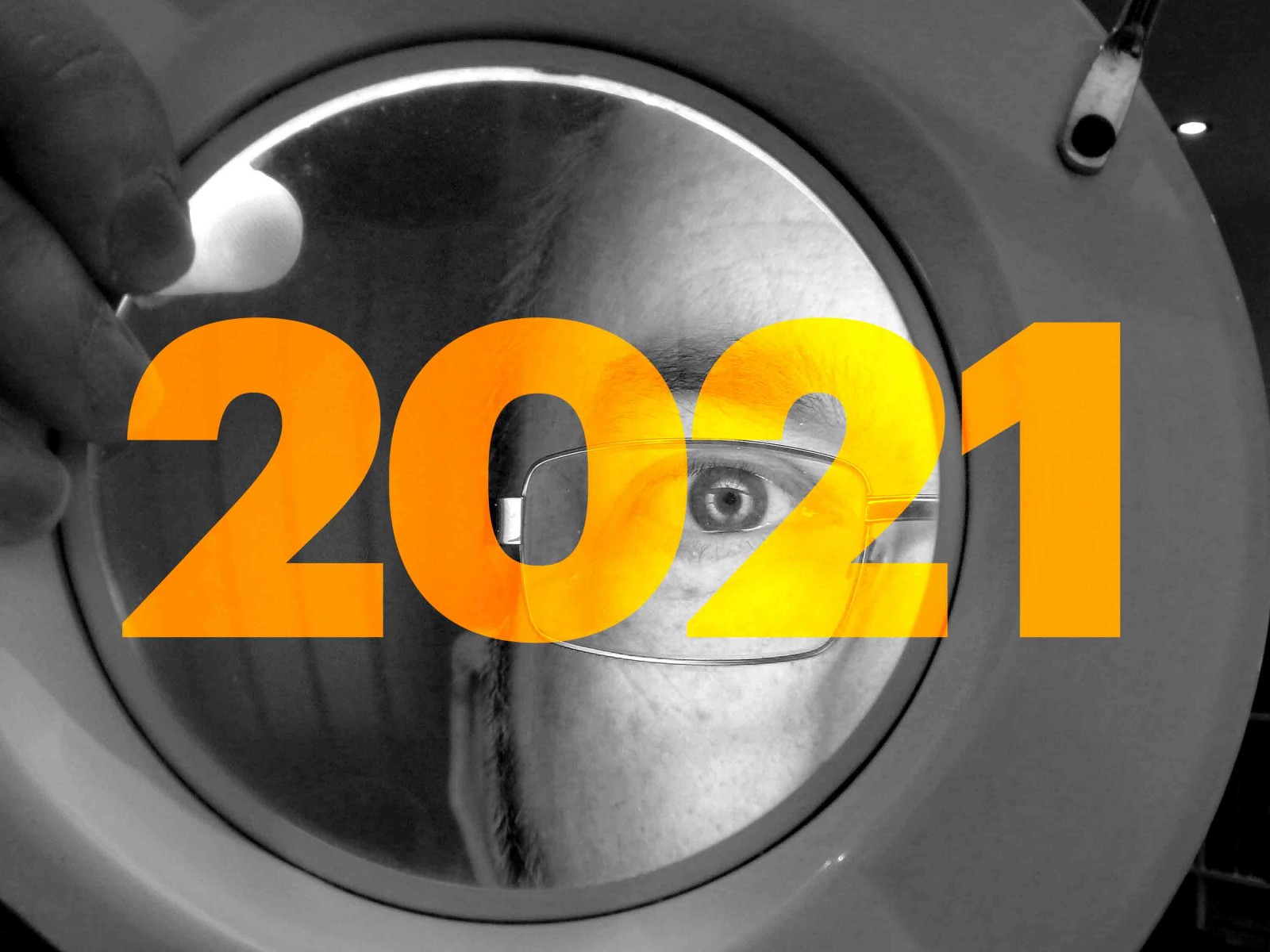
During each Christmas break, one of my great pleasures is gathering my thoughts and ephemera together, to assess my cultural outings. I love doing it and I find it invaluable as an archive of memories.
In 2020 that process felt a little hollow, or maybe hollowed-out. A usually packed diary was merely peppered with occasional shots. But I still loved the process; and at least I was confident that 2021 would be different.
It was. It was bleaker. At least that’s how it felt when I tried to start writing this. I’d tested positive for Covid, so had all my family and friends. We were isolated and isolating. Theatres were closing and festivals were cancelling, again. I was literally exhausted.
But time passes, it’s now mid January. I’m testing negative and feeling more positive. Actually, when I think back, I did loads of stuff. Most of it was great and even when it wasn’t I have admiration for those people who stuck it out and put on the shows.
So… here’s my cultural look back at 2021. Not so much a review as a shout-out to the those who persevered and found ways to make, perform and present. Thank you to them all.
My caveat, as always, is that I know other people needn’t care what I think; I’ve written this for future me and to help present me remember that the past year wasn’t half bad.
January – April
The start of the year was decidedly subdued. It rained and rained and rained. We were locked-down, stuck-in and fed-up. I watched a lot of terrible telly.
But there were some digital events to be excited about.
Monthly ‘Cog Nights’ provided an impetus to take part in online activities.
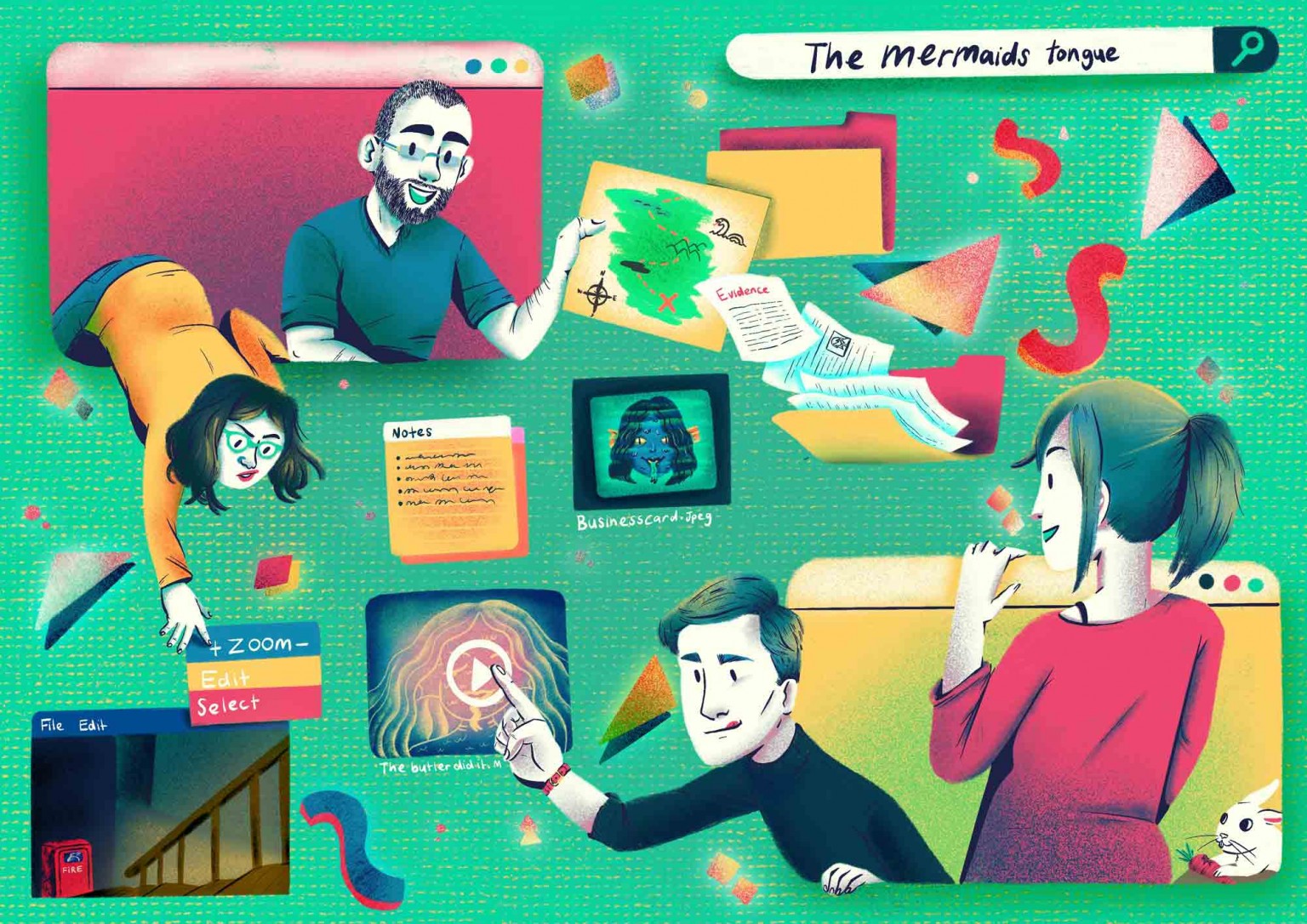 Illustration by Emma Jane Donnelly
Illustration by Emma Jane Donnelly
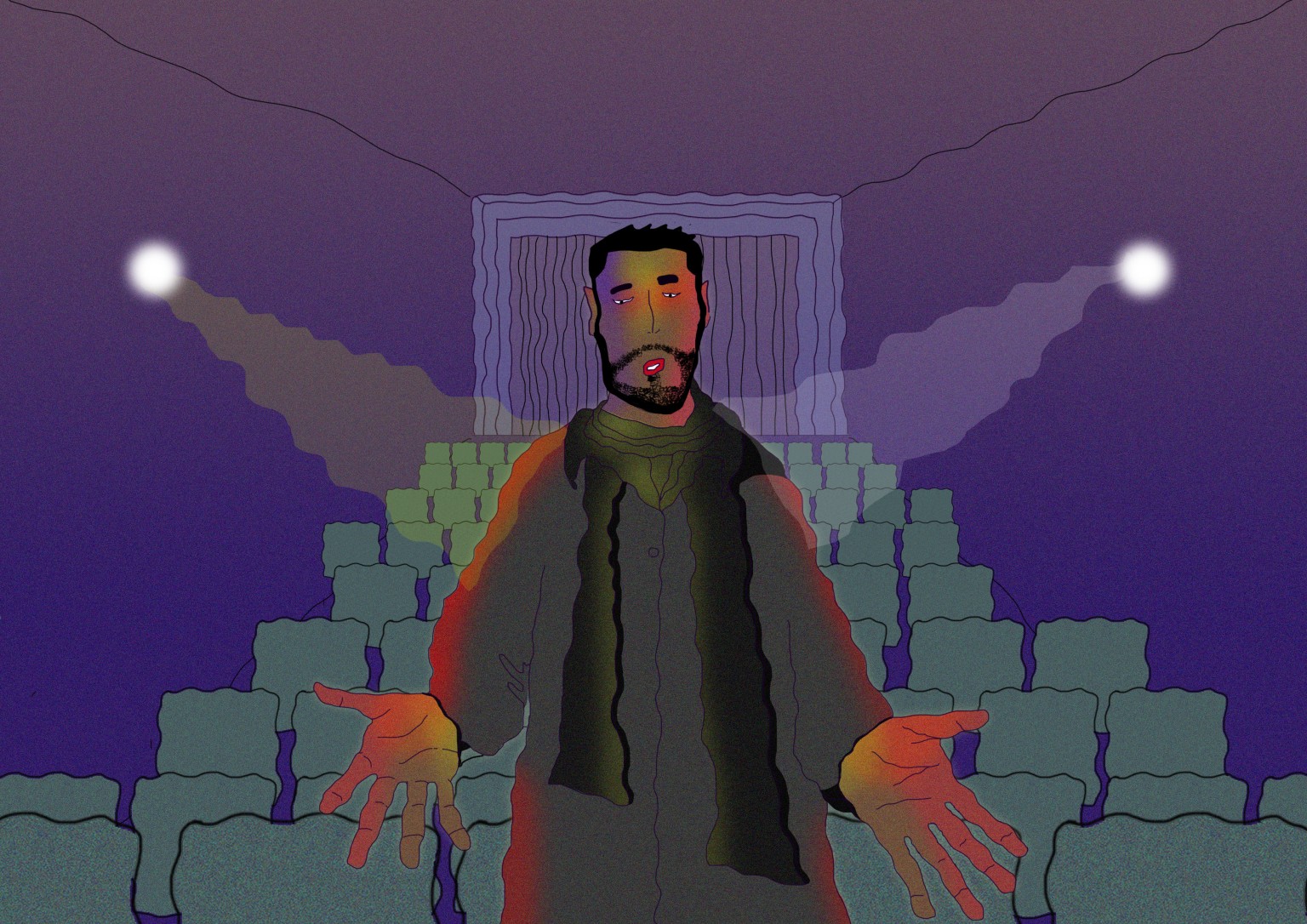 Illustration by Serina Kitazono
Illustration by Serina Kitazono
In January, Swamp Motel’s online game The Mermaid’s Tongue was an exceptional, immersive digital escape room. I was very pleased to be on a team with much cleverer problem solvers.
In February we watched The Long Goodbye, a filmed version of Riz Ahmed’s stunning autobiographical album about identity and what it means to be brown and British in a Brexit voting society. It was presented by Manchester International Festival, via our CogPlayer platform.
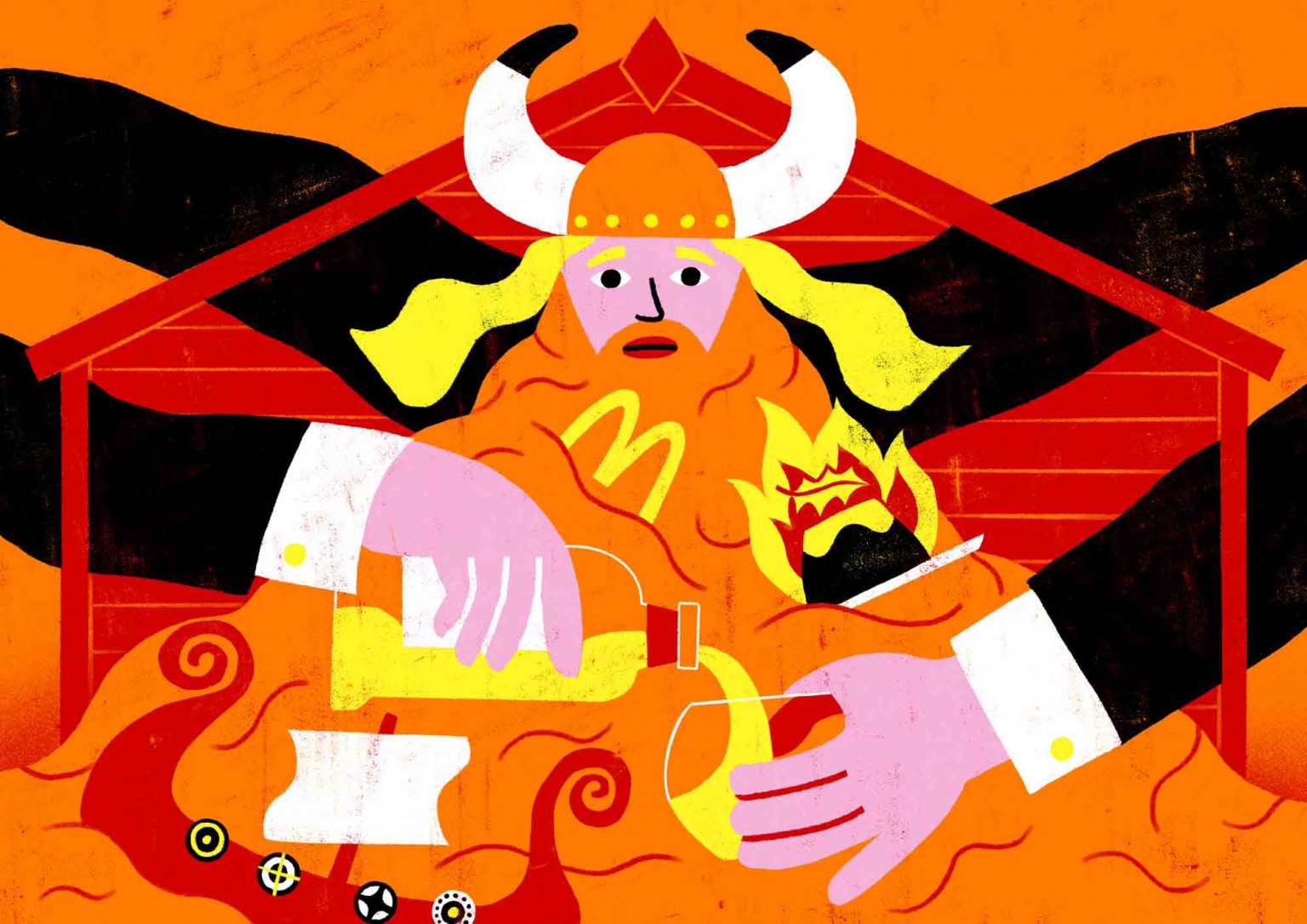 Illustration by Dave Bain
Illustration by Dave Bain
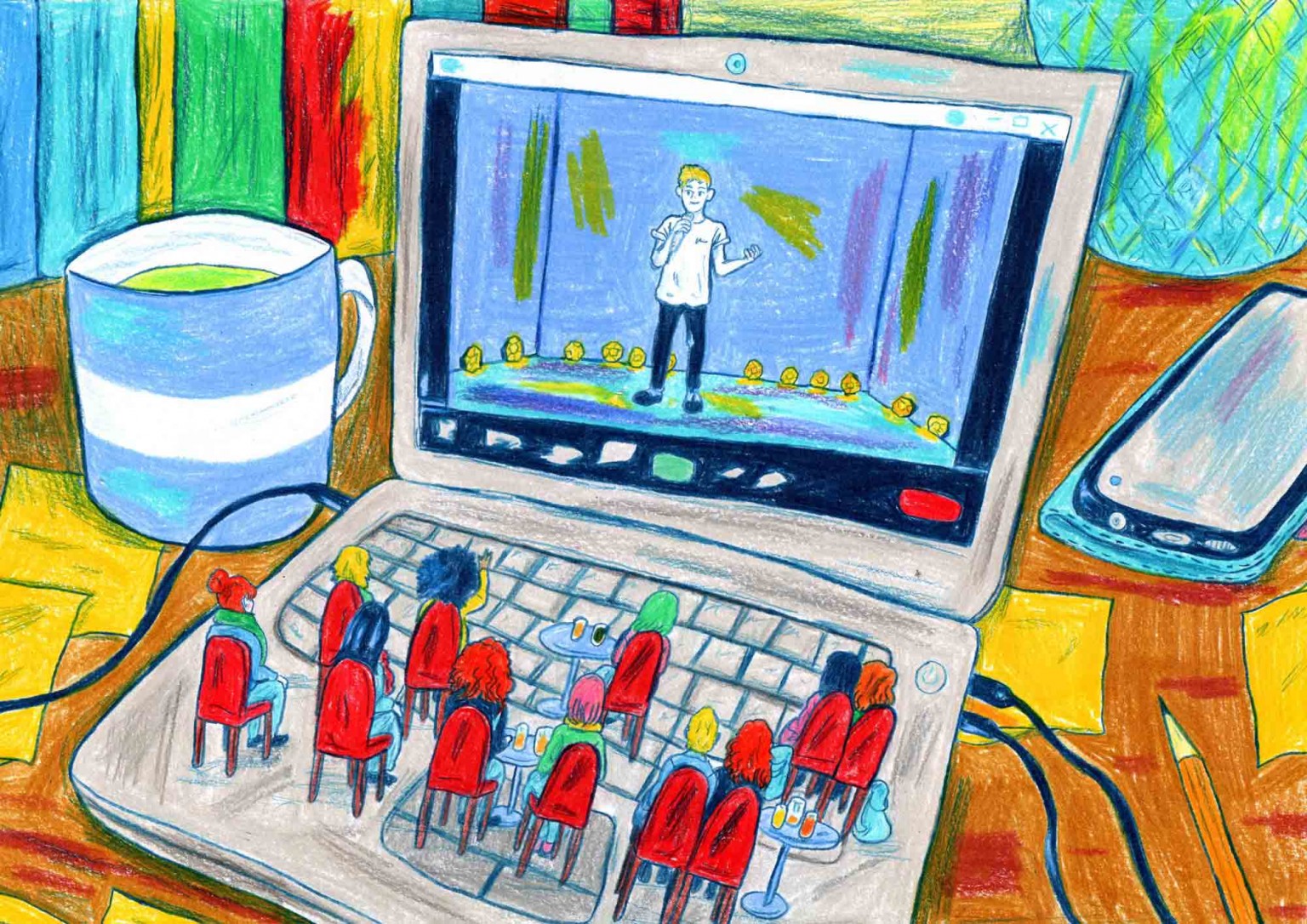 Illustration by Hannah Lock
Illustration by Hannah Lock
In March we pressed play on James Rowland’s greatest ‘hut’, Team Viking streamed as part of the Shedinburgh 2020 replay collection. It’s the fourth time I’ve seen it, each time in a different setting (this was the first on screen); each time it brought me close to tears.
And in April we had an intimate evening with Mae Martin, via Zoom. A chance to watch their Soho Theatre stand-up show ‘Us’, and an opportunity for us to chat with Mae afterwards. Such a lovely, intimate moment to share with a performer.
Soho Social: Mae Martin
Our April Cog Night was an intimate evening with Mae Martin, via Zoom. A chance to watch their Soho Theatre...

Musical highlights of the first quarter on ’21 included KLF going back on their promise and re-releasing some of their back catalogue (much to the annoyance of my family).
And Godspeed You! Black Emperor announcing a new album via a live-steam where they didn’t play. Instead filmmakers Karl Lemieux & Philippe Leonard set up projectors in an empty cinema in Montréal, spooling dozens of 16mm film loops as the band’s new album was played for the first time – I loved it, even if it was at 1am GMT.

A made-up Bryony Kimmings
And I did dip my toes into other digital waters via Ross Sutherland’s Imaginary Advice archive, and Bryony Kimmings’ short, manic lock-down piece: I am falling in love with you… via HOME, Manchester.
I did watch plenty of films. As a family we took it in turns to choose a movie each night…
Frances Ha / Kwaiden (JP) / Wargames / Flight of the Navigator / City of God / Duck Soup / Guess Who’s Coming to Dinner? / Terms of Endearment / To Sleep With Anger / Birdy / There Will Be Blood / The Grudge / Lethal Weapon 2 / Big Trouble in Little China / Braveheart / Hobson’s Choice / Hero (ZH) / Pacific Heights / A Girl Walks Home Alone at Night (FAS) / Fatal Attraction / Whisky Galore / Dog Soldiers / Harry Brown / The Hound of the Baskervilles / Trading Places / Cleopatra / Another Year / Weiner Dog / Kiss Me Kate / The Florida Project / Chungking Express (ZH) / Alive (KOR) / P’tang, Yang, Kipperbang / The Thing From Another World / Urban Legend / I Know What You Did Last Summer / Minari (KOR) / Repo Man / Sweet Charity / Top Hat / Symbiopsychotaxiplasm: Take One / Symbiopsychotaxiplasm: Take 2 1/2 / My Fair Lady / Yentil / All is True / Sliding Doors / Young At Heart / Indiscreet / Gentlemen Prefer Blondes / Pride and Prejudice / The Last Boy Scout / Stir Crazy /
And I set myself a personal challenge to choose most of my films set in or at the time of the English Civil War… Fanny Lye Deliver’d / A Field in England / Cromwell / Witchfinder General / Winstanley / Orlando / The Crucible / To Kill A King / Mother Joan of the Angels /
As the year progressed we felt we needed more structure. So our choice of film had to be from a successive year, working backwards from 2021…
We’d reached 1961 on New Year’s Eve
2021 Zack Snyder’s Justice League / 2020 The Trial of the Chicago 7 / 2019 Portrait of a Lady on Fire / 2018 Andhadhun (IND) / 2017 What Happened to Monday / 2016 Hell or High Water / 2015 Seoul Searching / 2014 Her / 2013 Stoker / 2012 Safety Not Guaranteed / 2011 Warrior / 2010 True Grit / 2009 Fish Story (JPN) / 2008 Lyme Life / 2007 No Country for Old Men / 2006 Paprika (JPN) / 2005 Good Night and Good Luck / 2004 Stepford Wives / 2003 Old Boy (KOR) / 2002 24 Hour Party People / 2001 Josie and the Pussycats / 2000 O Brother, Where Art Thou? / 1999 Girl, Interrupted / 1998 The Big Lebowski / 1997 Starship Troopers / 1996 Fargo / 1995 Ghost in the Shell (JPN) / 1994 The Crow / 1993 Philadelphia / 1992 Basic Instinct / 1991 Fisher King / 1990 Jacob’s Ladder / 1989 Dead Calm / 1988 Cinema Paradiso / 1987 House of Games / 1986 Blue Velvet / 1985 Return of the Living Dead / 1984 The Company of Wolves / 1983 Rumblefish / 1982 Smithereens / 1981 Gregory’s Girl / 1980 Raging Bull / 1979 Rocky II / 1978 Boys from Brazil / 1977 A Special Day (ITA) / 1976 Freaky Friday / 1975 The Mirror (RUS) / 1974 The Taking of Pelham One Two Three / 1973 Day of the Jackel / 1972 The Poseidon Adventure / 1971 Play Misty for Me / 1970 Two Mules for Sister Sara / 1969 Kes / 1968 Funny Girl / 1967 La Chinoise (FR) / 1966 Alfie / 1965 A Few Dollars More / 1964 The Umbrellas of Cherbourg / 1963 Dementia 13 / Ikarie XB 1 (CZ) / 1962 That Touch of Mink / Playtime (FR) / 1961 The Hustle [plus Colour of Money 1986]

MAY
As the days started feeling brighter, we were heading towards Step 3 of the government’s four step programme towards reopening. 17th May was officially the day when venues could cautiously reopen, with a fair few restrictions.
On 19th April our first in-person Cog Night for a very long time was a trip to Sadler’s Wells. English National Ballet’s Reunion show was five short pieces, commissioned during the pandemic and filmed from their online platform (which we designed).
There was such a sense of anticipation in the building, and tearful, filmed interviews, projected before each piece ratcheted up the emotions. Despite the socially distanced seating, the audience applauded each piece with the enthusiasm and volume of an overflowing auditorium.

English National Ballet in Arielle Smith’s ‘Jolly Folly’
The highlight of the evening was Arielle Smith’s Jolly Folly, a fast-paced homage to classic movie musicals, that blurred the line between dance and clowning. Smith’s aim for the piece was to make people smile, and judging by the grins as we left the auditorium, it’s fair to say she succeeded.
ENB’s Reunion at Sadler’s Wells
Our May Cog Night was our first in-person experience in nine months. Ed gives his take on ENB's grand Reunion...

Poster, with handwritten directions, at Bridge Theatre
I also really enjoyed Flight at Bridge Theatre. Actually, it was difficult to know where it actually was. After following a map to find the stage door, we were sanitised, distanced and taken down through the basements of the complex that houses Bridge Theatre, to a large room, behind a thick curtain, to an individual cubby-hole, around a revolving diorama.
With headphones on, I glimpsed scenes of models, illuminated in turn like frames from a graphic novel. The effect was surprisingly engaging as the story followed orphaned brothers as they made the treacherous journey from Kabul to London.
The comic-book format did nothing to reduce the emotional sucker-punch of the story. I was grateful of the opportunity to regain my composure via the long walk back to the street above.
 Luke Jerram’s Gaia, in the Painted Hall at Old Royal Naval College
Luke Jerram’s Gaia, in the Painted Hall at Old Royal Naval College
I was also really pleased to catch Luke Jerram’s awesome Gaia in the Painted Hall at Old Royal Naval College. Actually, the work is somehow less impressive when viewed close up. But it makes for brilliant photos and looks incredible when glimpsed through the painted columns.
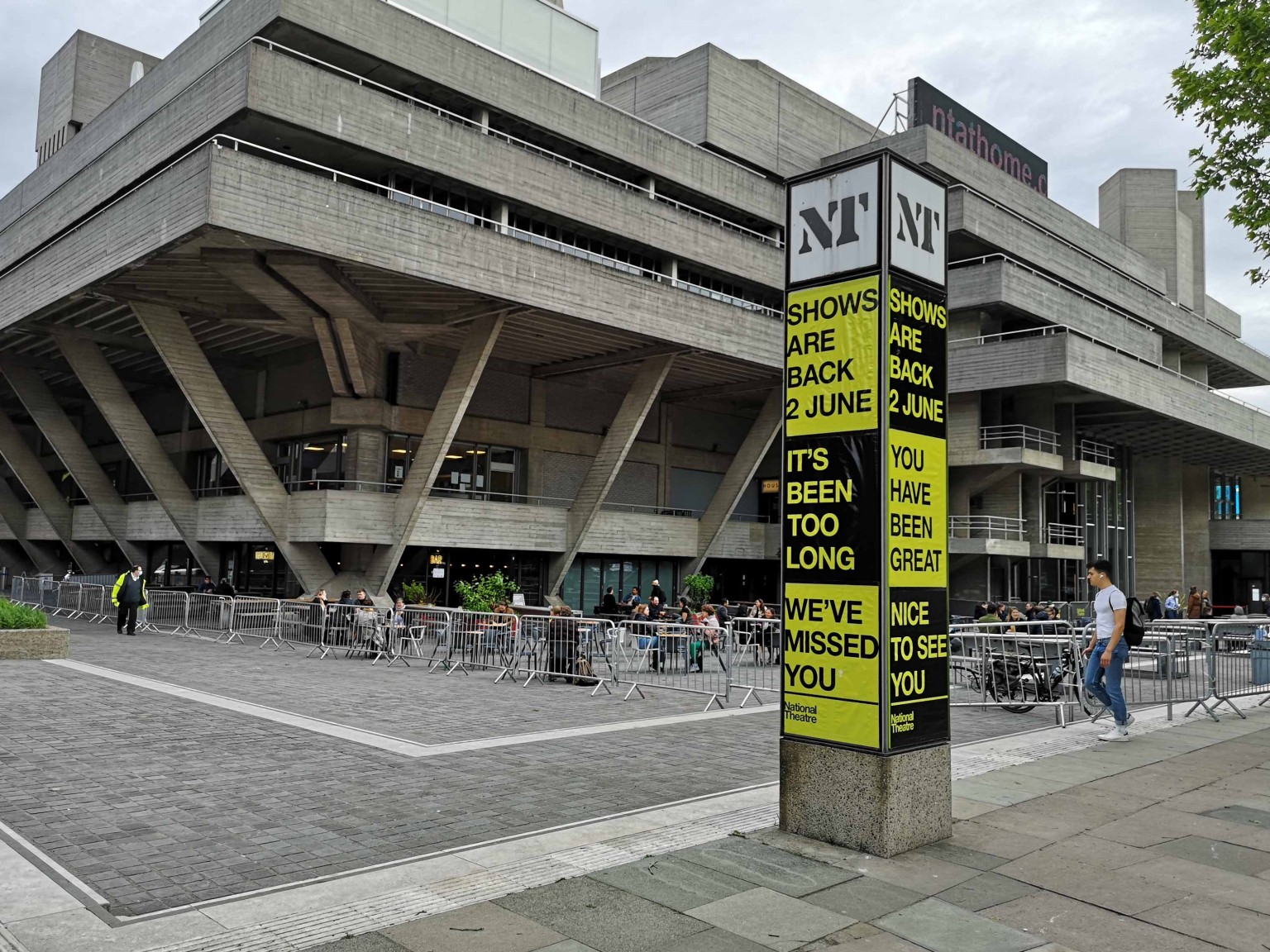 Welcome back messages at National Theatre
Welcome back messages at National Theatre
JUNE
Although venues were allowed to open, the practicalities of social distancing, and the nervousness of audiences, meant that most were unable to.

Socially distanced seats at Greenwich Theatre
I did manage to get to the theatre once, to see Bad Night & Odd Days: four short works from Caryl Churchill’s back-catalogue Abortive (1971), Seagulls (1978), Three More Sleepless Nights (1980) and Not Not Not Not Not Enough Oxygen (1971). I felt so sorry for the actors, trying to bring life to difficult work in front of the couple of dozen of us who ‘filled’ the available seats.
And I got to the cinema a couple of times…

Ben Wheatley
In The Earth was a psychedelic, trippy horror story that played to the strengths of the weird restrictions placed on film-makers during the lock-down. Ben Wheatley continues to be one of my favourite directors, and he looked genuinely disappointed that the BFI was sparsely filled (due to social distancing) and that Covid protocols meant he couldn’t answer audience questions. I saw it again at End of the Road festival where he was much more jolly.
Quiet Place Pt 2 was a terrific follow-up to a wonderfully original horror. But I was amazed at how much noise the sparse audience made, compared to the impeccable silence of the crowded screen where I’d seen the original film. Maybe people forgot cinema etiquette in the intervening months, or maybe they were over excited, or maybe I was just over sensitive.
JULY
It had been hoped that restrictions would be removed on 21st June but with infection numbers still too high, stage four of the lockdown lifting was postponed.

While the theatres were closed and social distancing strictly imposed, England’s success in the Euros brought crowds of football ‘fans’ into the West End with seemingly little intervention from the authorities. The unfairness of it all was not to lost of the theatre community.

Of course, arts venues continued to find ways to produce art. The Old Vic continued their excellent series of In Camera plays, filmed with small casts. Their production of The Dumb Waiter, with David Thewlis and Daniel Mays was just as great as the others I saw in that series.

Galleries had more space and more latitude. For the Ryoji Ikeda exhibition at 180 The Strand we were guided in small groups, from room to room, decked out in masks and over-shoe protectors (as much of the space was thickly carpeted).

I loved that show. Ikeda’s work plays with strobing light and sound. There were lots of Instagrammable moments and precise points where the bass made your chest vibrate like an audio weapon.
As the crowd left the final room I found myself alone in a deafeningly loud space, strobing with a manic disco dance-floor. The invigilating guide returned and spotted me but nodded his approval to let me stay. Those couple of minutes, waiting for the next group to arrive, were magical.
Ryoji Ikeda at 180 The Strand
We visited Ryoji Ikeda's stunning multi-sensory exhibition for our July Cog Night. Emily describes the experience.
Days later, the Prime Minister announced ‘Freedom Day’. 19th July saw the lifting of all restrictions. Of course the lack of notice and the still high infection rate meant that venues and producers would still struggle to stage shows, let alone attract an audience.
With little irony, the PM also announced that he would be self-isolating as he’d been in contact with Sajid Javid who tested positive within a month of becoming Secretary of State for Health. Actually Boris had tried to claim that he was part of a pilot scheme that meant daily tests instead of isolation, but he quickly backed away from that.
AUGUST
With Freedom Day behind us, venues were beginning to advertise live shows again, but very few had reopened. I stuck to cinema for a couple of weeks. The Suicide Squad 2 at the IMAX was a riot of colour and gratuitous violence, I loved that.

Edith Bowman interviewing Edgar Wright
And it was a treat to be at the BFI screening of The Sparks Brothers documentary, with director Edgar Wright. The film was tender and intimate but somehow, as Wright said himself, we left knowing almost nothing more about the brothers.
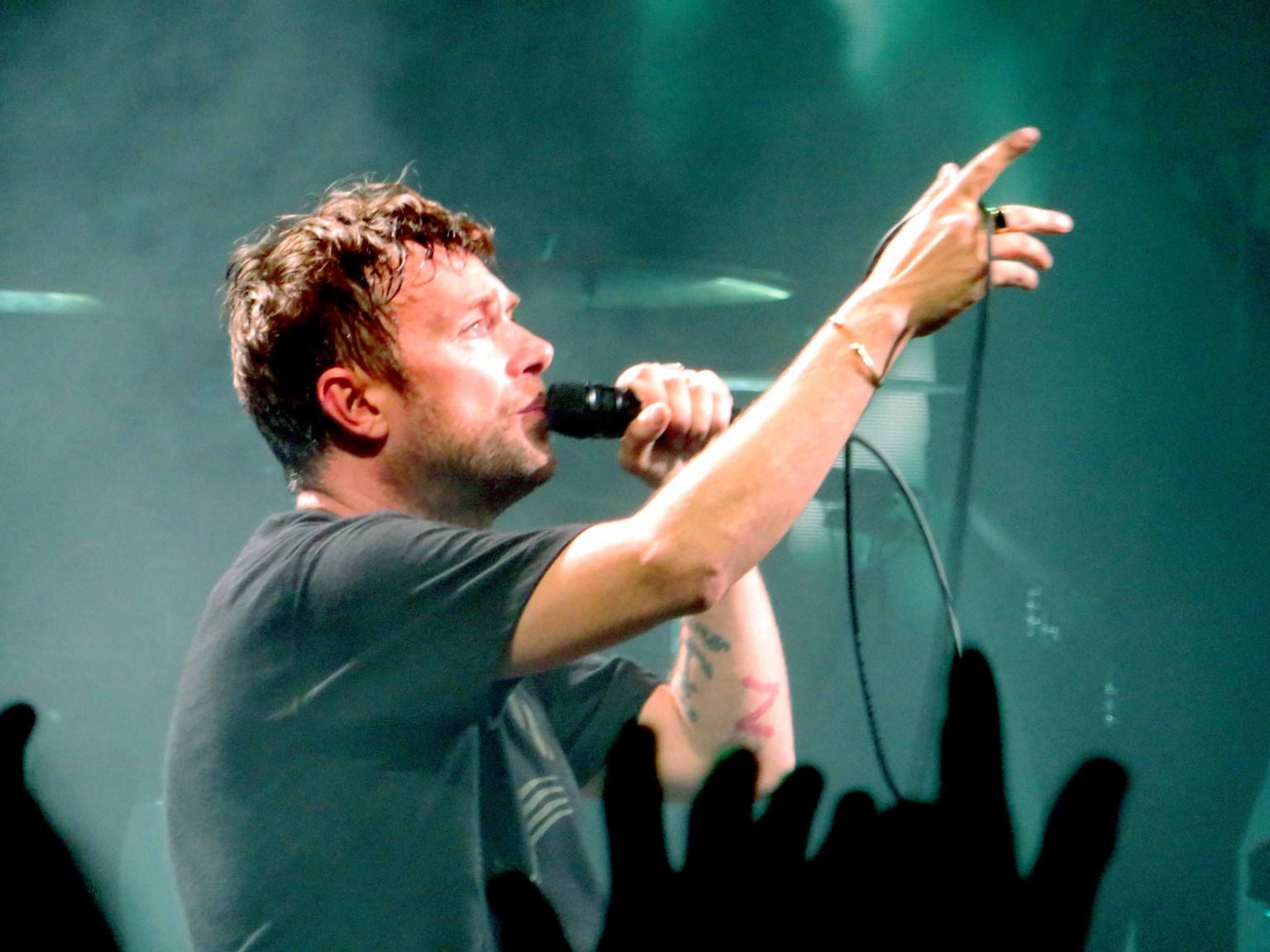 Damon Albarn
Damon Albarn
The dam busting moment in my cultural year was 11th August. Until that point I’d not been within 2 metres of a stranger, or in a room of more than a couple of dozen people, all wearing masks. Now I was at the O2, to see Gorillaz, with 19,999 others, and I felt like a mask-wearing freak.
We’d been told we’d need to prove our vaccination status but getting 20,000 people into a room, and through the strict security checks (everyone goes through a metal detector and gets padded down) meant that the Covid checks were cursory at best.
The experience of being in that enormous space, standing so close to so many other people felt both freeing and overwhelmingly oppressive.
But when Gorillaz were in full flow, and we were all dancing, every worry melted away. The global pandemic was a distant memory, at least for a couple of hours.

The evening featured guests that spanned generations: Robert Smith, Peter Hook, Popcaan, Leee John, Fatoumata Diarwara, Earthgang, Jelani Blackman, Alacaì Harley, Little Simz, Shaun Ryder, Slowthai, Slaves, Pos-De La Soul, Sweetie Irie, Rowetta and Mangrove Steel Pans.
Damon was loving every moment: “Thousands of people communing together. What a wonderful feeling. Thank you.”
Thousands of people communing together. What a wonderful feeling. Thank you.
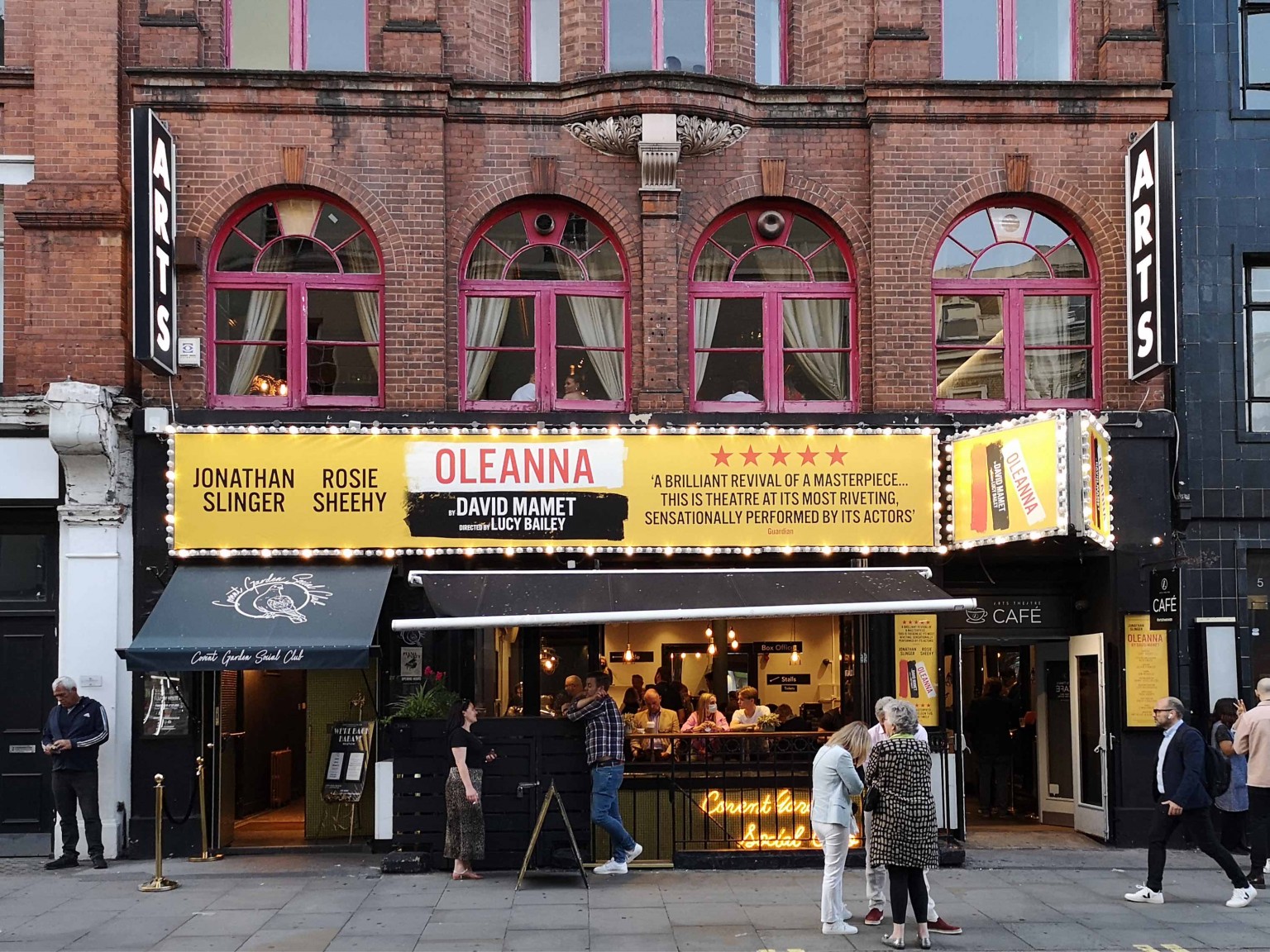 The facade of the Arts Theatre
The facade of the Arts Theatre
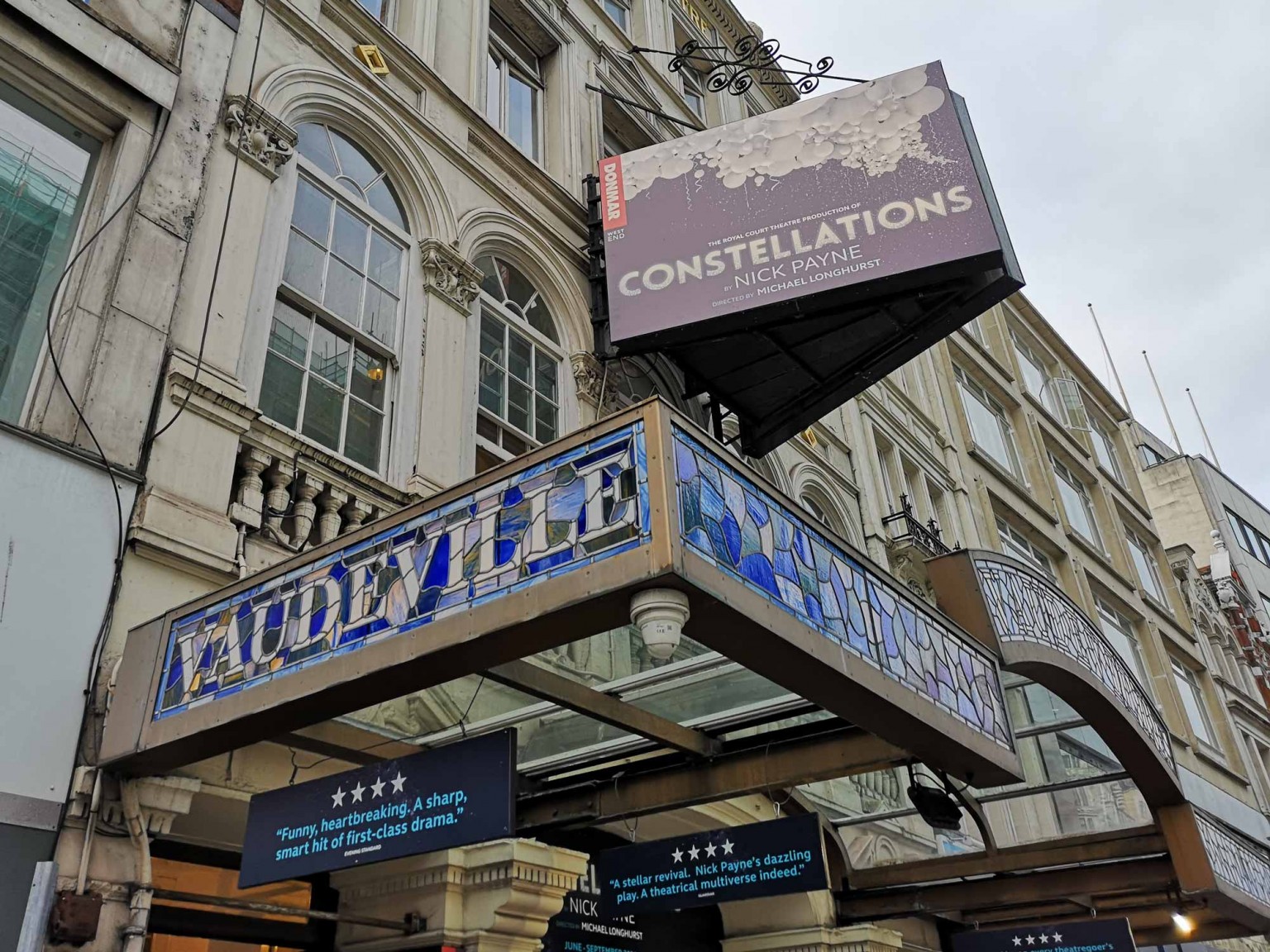 The facade of Vaudeville Theatre
The facade of Vaudeville Theatre
After the high of the O2, everything seemed accessible. I even ventured back into the West End.
I saw Anna Maxwell Martin and Chris O’Dowd’s version of Constellations, in Donmar’s production at Vaudeville Theatre. I found it clever rather than emotionally engaging but it was very clever.
And I saw Theatre Royal Bath’s production of Oleanna at the Arts Theatre. I last saw a production of this play, about an arrogant academic and his female student, in 2004 (with Julia Stiles and Aaron Eckhart). Back then I felt properly conflicted about who to side with as the pendulum of power swung to and fro. Maybe I’ve changed or maybe #TimesUp has educated us all but I felt no such conflict in this production. The lecturer was a letch, and Mamet’s writing felt heavy-handed. The cast were great but maybe this play isn’t ‘more relevant than ever’ any more.
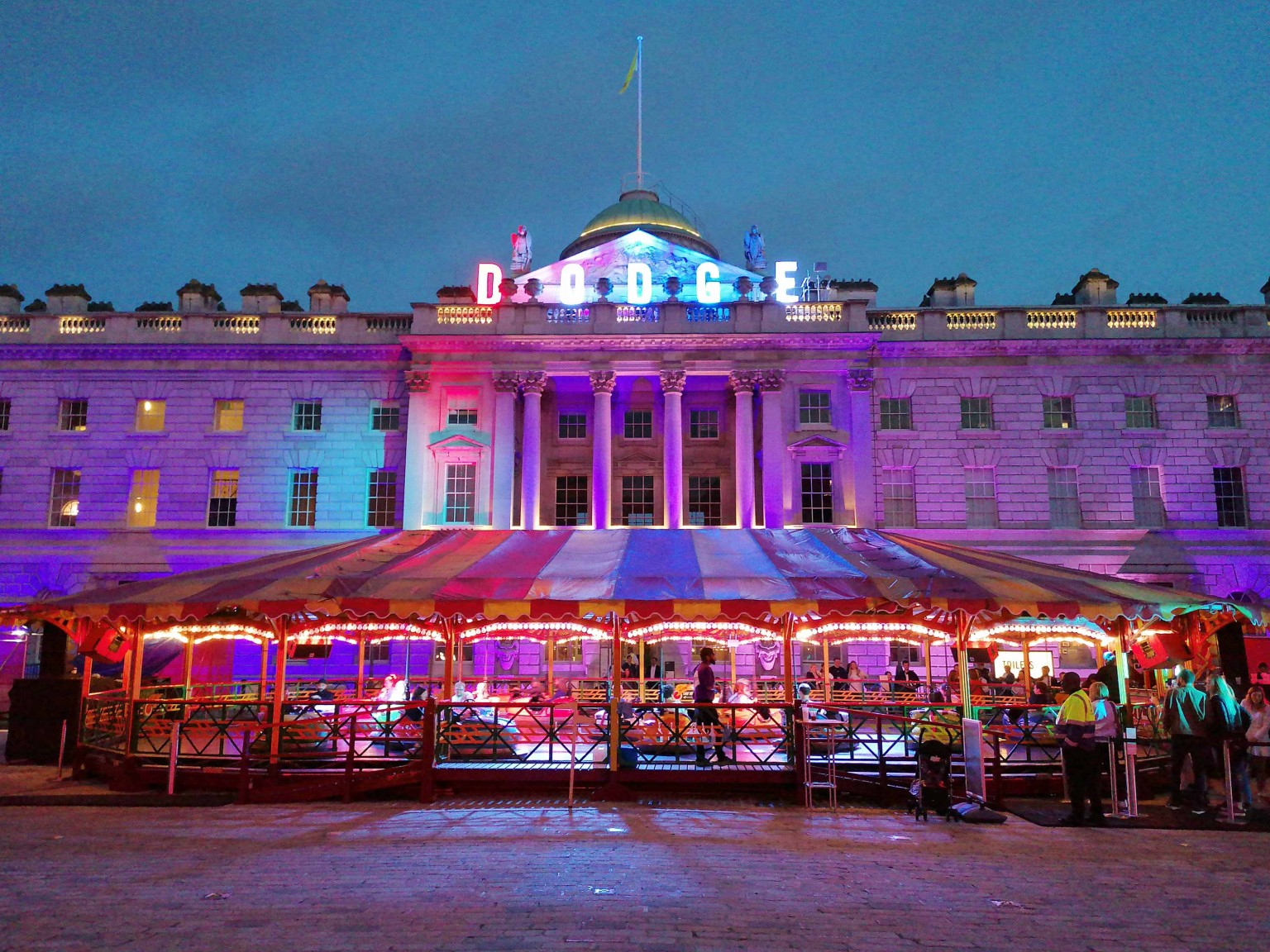 Dodge at Somerset House
Dodge at Somerset House
One of the most left-field events of my year was at Somerset House. Dodge was a traditional fairground bumper-car ride (from Carters Steam Fair), with a twist.
Each car collision triggered a random track from Anna Meredith’s album, creating a frenetic soundscape. The ‘bumps per minute’ happened every 30 minutes so queuing visitors didn’t know whether they would be bumping to fairground fare or the Meredith remix.
It was a lot of fun and we ended up riding the cars enough times to experience many different soundscapes.

Illustration by Connie Noble
Also in August, I saw Rob Auton’s surrealist take on the topic of time. A lovely gentle reintroduction to stand-up and to being in the basement of Soho Theatre.
 Jason Wilsher-Mills: I Am Argonaut
Jason Wilsher-Mills: I Am Argonaut
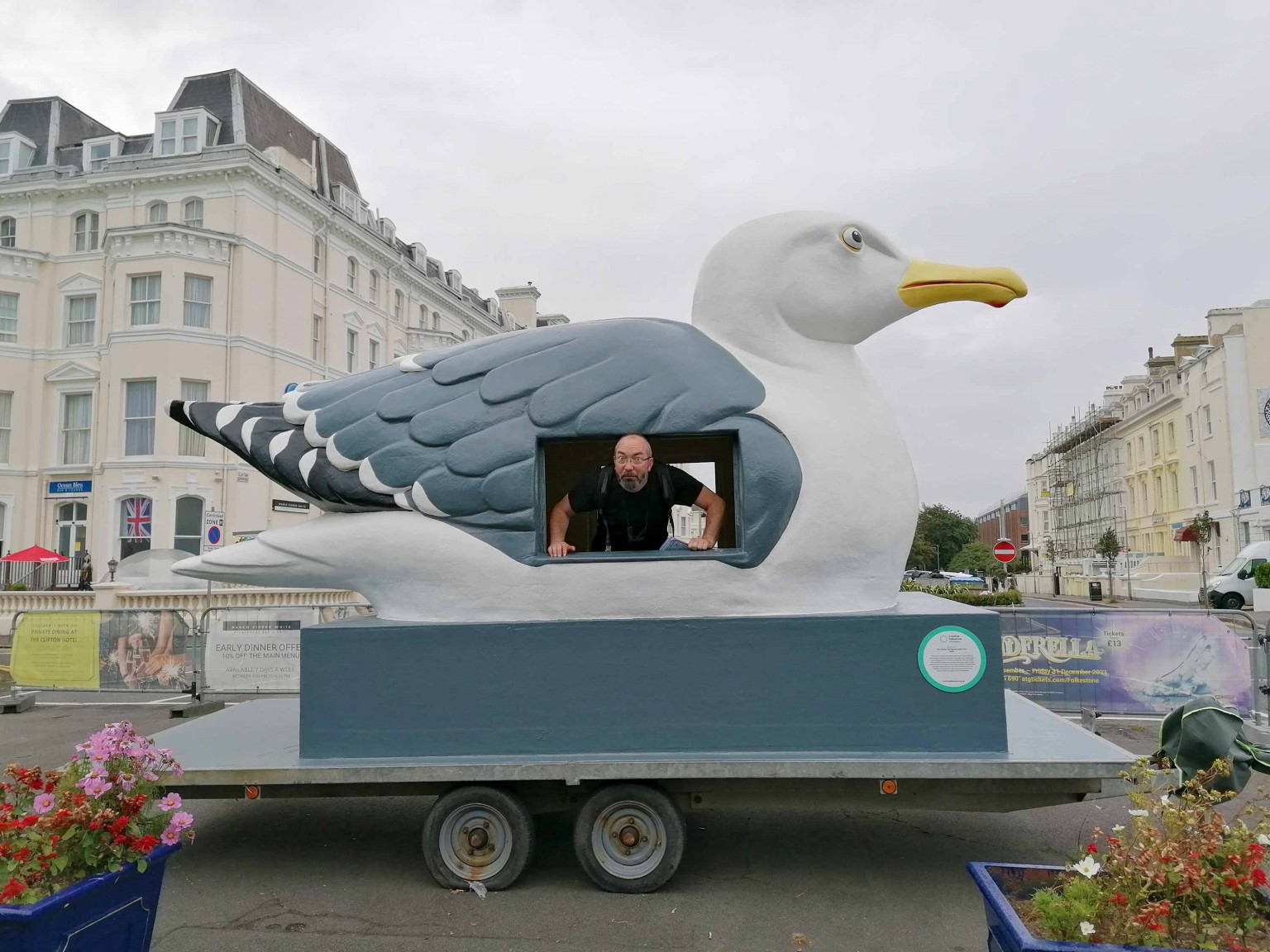 Mark Dion The Mobile Gull Appreciation Unit
Mark Dion The Mobile Gull Appreciation Unit
The fresh air of Folkestone made for a wonderful day out. The Folkestone Triennial is always great and this year (called The Plot) it was a particularly welcome relief from being stuck inside. Plus I got to discover the work of Jason Wilsher-Mills, alongside many old favourites.
Folkestone Triennial 2017
2017 saw the fourth Folkestone Triennial, nine weeks of art happenings, centred around commissions from some of the world's best...

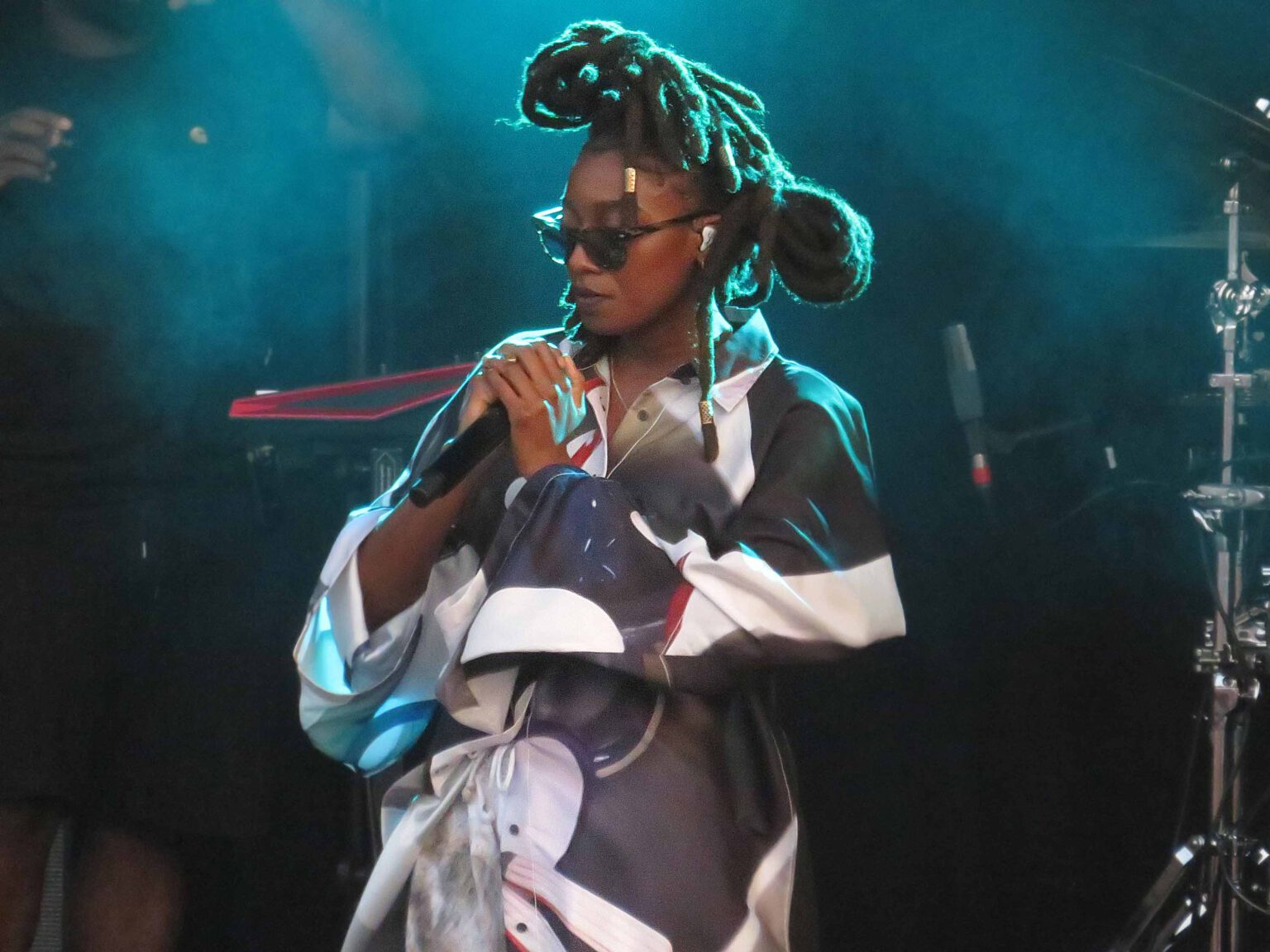 Little Simz
Little Simz
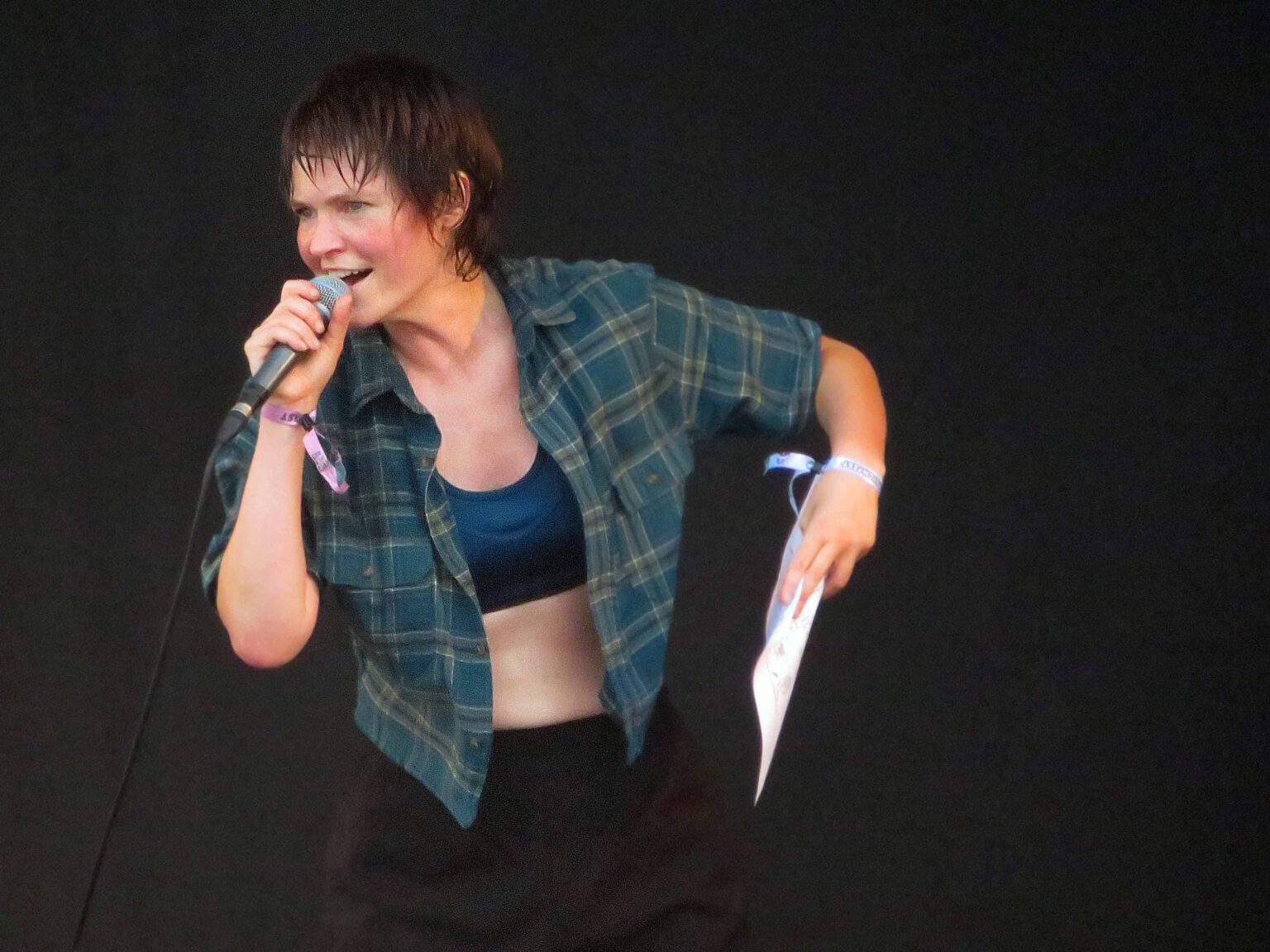 Billy Nomates
Billy Nomates
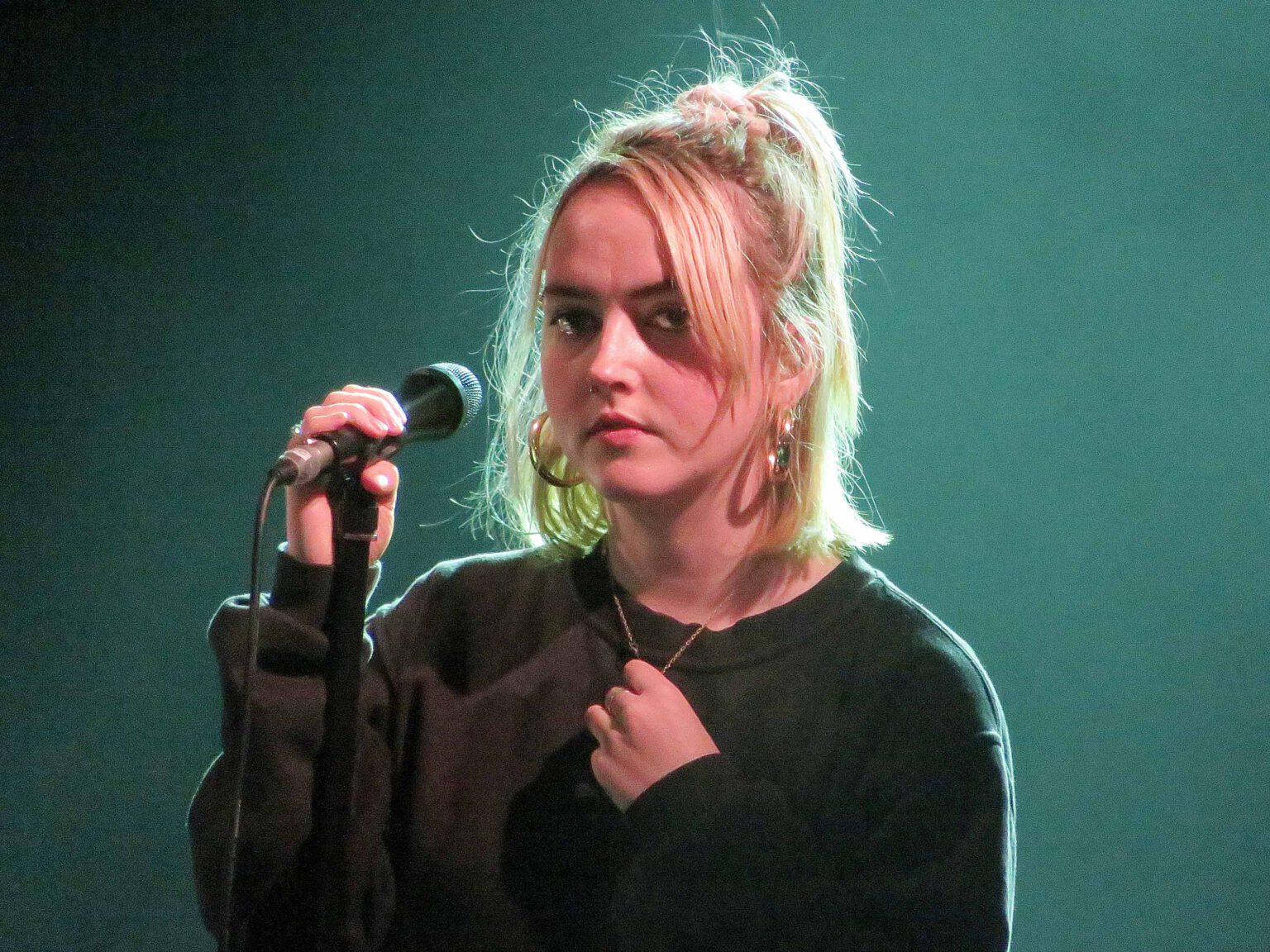 Just Mustard's Katie Ball
Just Mustard's Katie Ball
 Damon Albarn
Damon Albarn
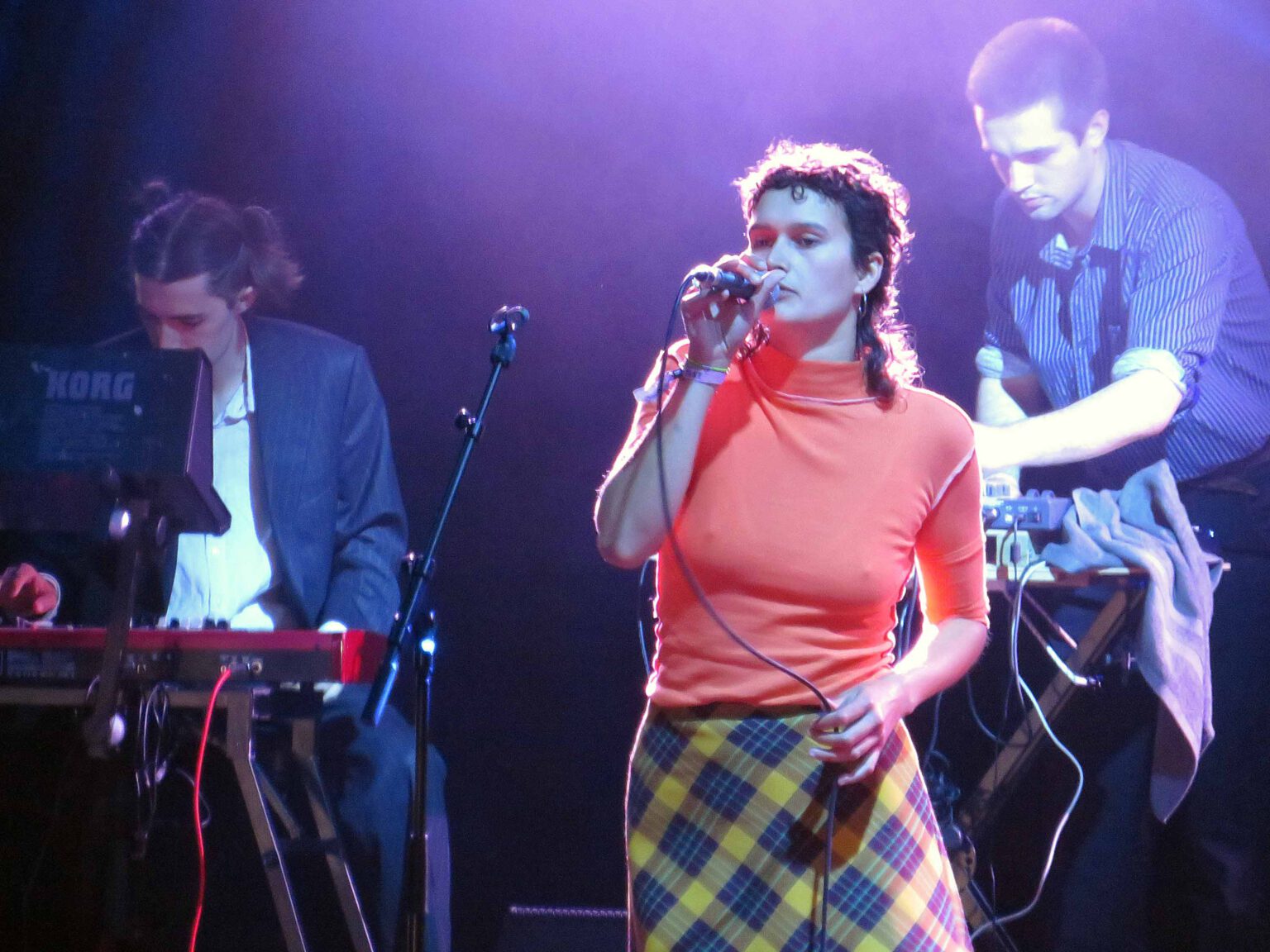 The Ümlauts
The Ümlauts
 Sleaford Mods' Jason Williamson
Sleaford Mods' Jason Williamson
End of the Road festival 2022
Michael was back at his favourite annual music festival for the long-postponed headline from Pixies. Was it worth the wait?
SEPTEMBER
As Summer turned to Autumn I was back at my favourite music festival, End of the Road.
Cancelled last year, we’d been promised the same headline acts. But as the festival approached, those headliners fell away. It made little difference. I still had a great time and discovered lots of new music.
I’ve written more about that, elsewhere.
Apart from a little mask wearing, by September London felt like it had settled into a new normal. I booked to see “a whirlwind of choreographed anarchy, testing how far we are willing to go in the name of entertainment” from Hofesh Shechter Company.
Billed as Double Murder, the evening comprised two contrasting pieces. Clowns were characters reenacting murders over and over, to a thumping beat, before waltzing with their limp corpses. It was farcical and thrilling to watch.
In the second act The Fix was tender, passionate and compassionate. Bodies intertwined until the protagonists turned to us and explained how much it meant to them to be in a theatre again, after 18 months away. They donned masks and gelled their hands and stepped through the fourth wall to hug members of the audience. It was a beautifully sincere moment.

Later in the month I was back at Sadler’s Wells for Akram Khan and ENB’s Creature. It had been postponed for more than a year so I was really looking forward to it. But the misogyny of the storyline and the deliberate dystopian isolation of the setting made for uncomfortable viewing, between some exceptional set-piece dancing.

Sign by the stage steps at The Marlowe
Another long-delayed show, Derren Brown’s Showman had been rewritten, in tribute to his father) It was all the better for it. He’s a fascinating performer.
 Think we must! by Sylvie Franquet
Think we must! by Sylvie Franquet
In an exceptional moment, I’d bought a (Cornelia Parker) work at the Royal Academy Summer Exhibition a couple of years ago. When last year’s show was cancelled, and this year’s postponed, I thought I’d missed my chance to be invited to a ‘buyer’s day’.
But when it was finally scheduled, I did get invited to an early viewing. I took an afternoon off work and had a lovely time. As always the show was an eclectic mix of joyful, frivolous, serious and impactful work.
My main takeaway was how great it was to see lots of representations of and by people of colour.
And my favourite work (shown above) was the twisted Victoriana remix: ‘Think we must!‘ by Sylvie Franquet.

Lucian Freud’s Girl with a Kitten
I also bunked off work for a couple of hours, while I was in the city pitching for work, to go to Tate Liverpool. There was an excellent small retrospective of Louise Bourgeois and it was a real treat to get up close to the ‘Real Lives’ of Lucian Freud.

The facade of the Gielgud Theatre
Back in the West End, 2:22 A Ghost Story has become an interesting theatrical phenomenon. Celebrity casting (Lily Allen made her debut in the line-up I saw) and the promise of a night of fright is attracting new audiences which is great to see. The show is pretty good too.

OCTOBER

Cush Jumbo and the cast of Hamlet at Young Vic
The month began with my most delayed show to date. It was June 2019 when I joined the online queue for tickets to see Cush Jumbo as Hamlet.
She was exceptional, of course. A sulky teenager of a character, moodily suffering the slings and arrows of outrageous fortune. It was impossible to take your eyes off her.
The detached delivery of some the cast felt like an odd directorial choice to me, perhaps the casting also skewed my view. Joseph Marcell will always be Geoffrey Butler (from the Fresh Prince) in my mind although he made for a great Polonius. Tara Fitzgerald and Adrian Dunbar were distractingly famous; I found it particularly tricky to recast Superintendent Ted Hastings as Claudius.
But Norah Lopez Holden was wonderful as Ophelia, somehow fiercely independent and tragically fragile.
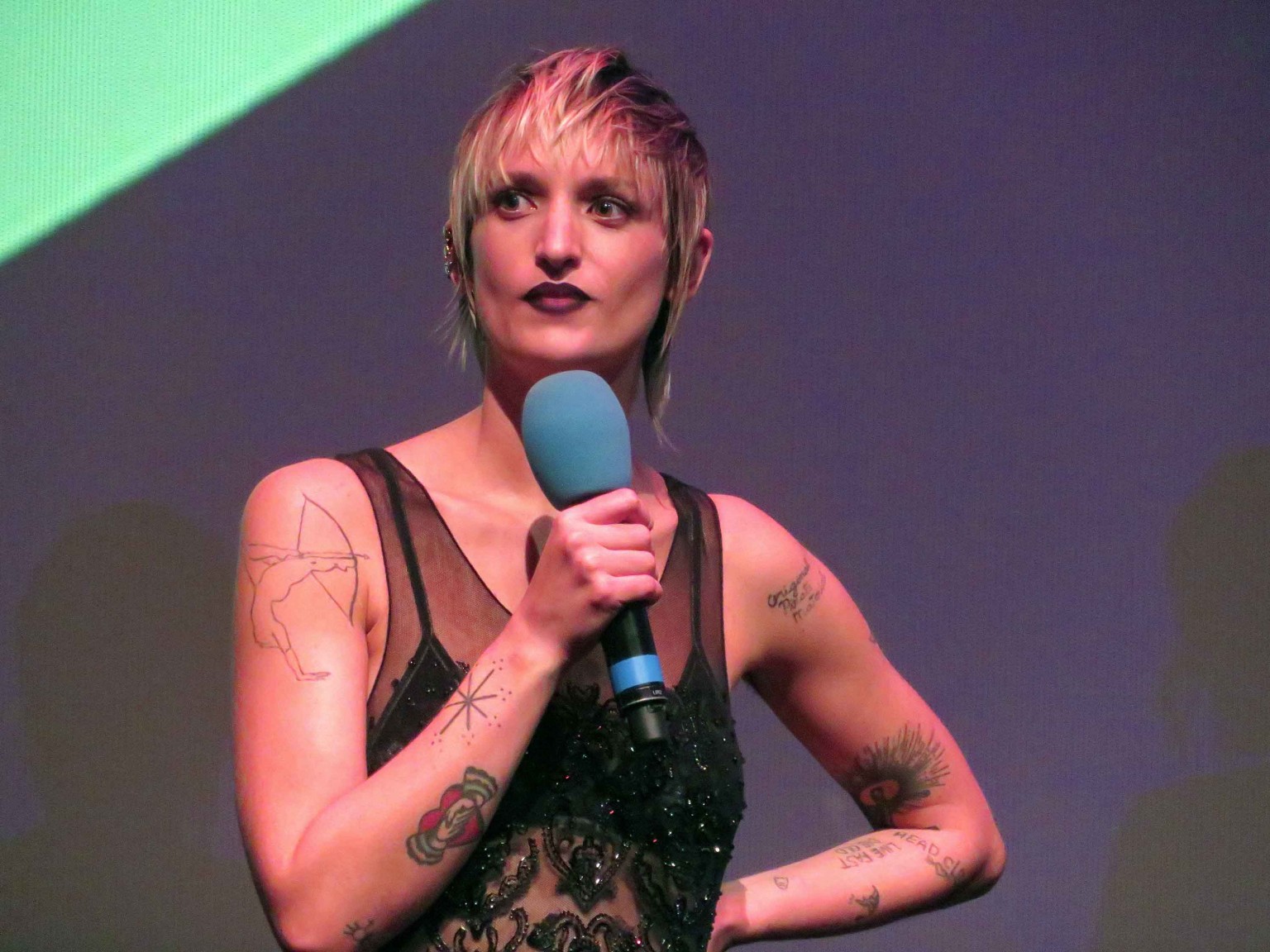 Agathe Rousselle (from Titane)
Agathe Rousselle (from Titane)
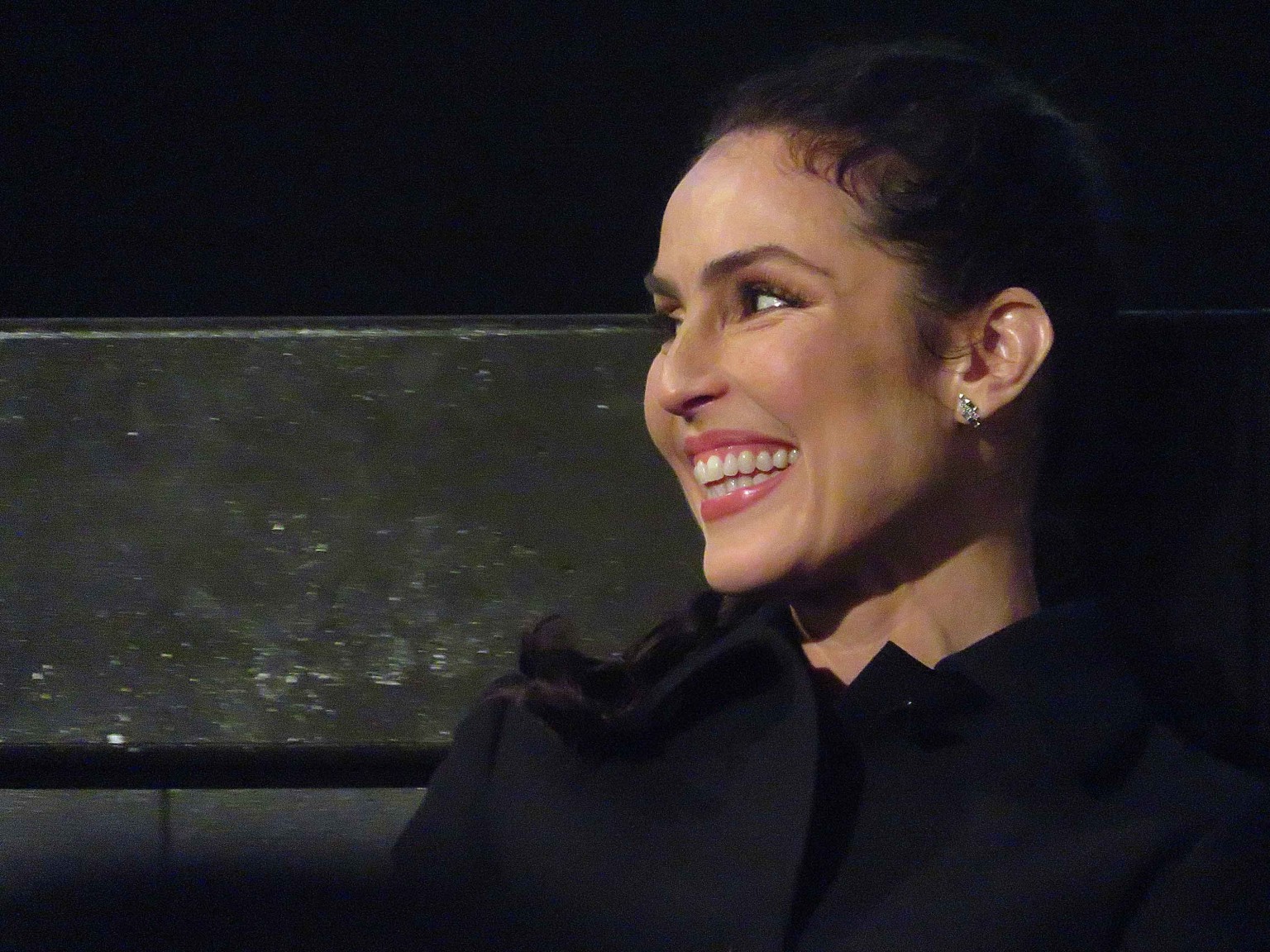 Noomi Repace (from Lamb)
Noomi Repace (from Lamb)
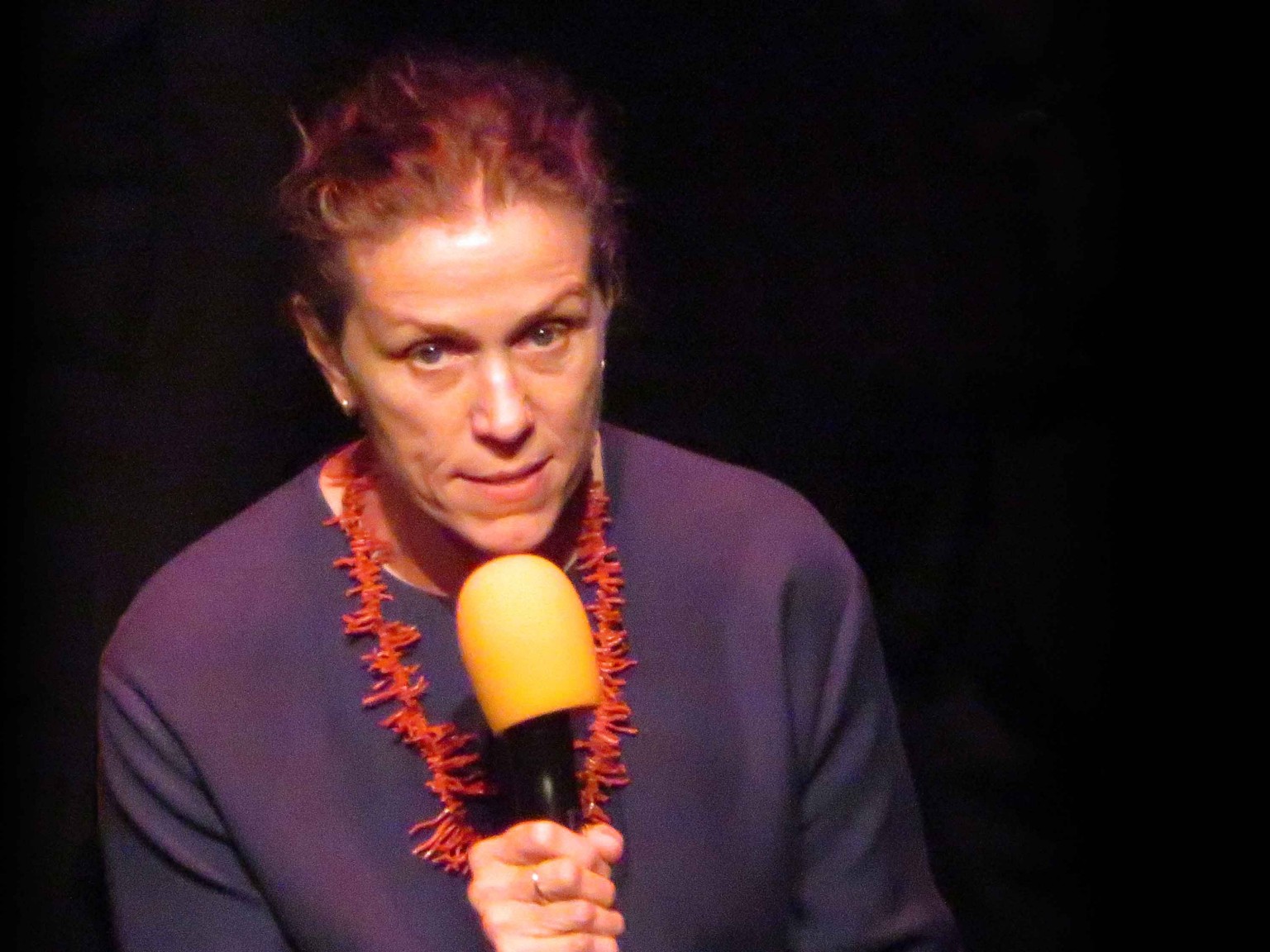 Frances McDormand (from The Tragedy of Macbeth)
Frances McDormand (from The Tragedy of Macbeth)
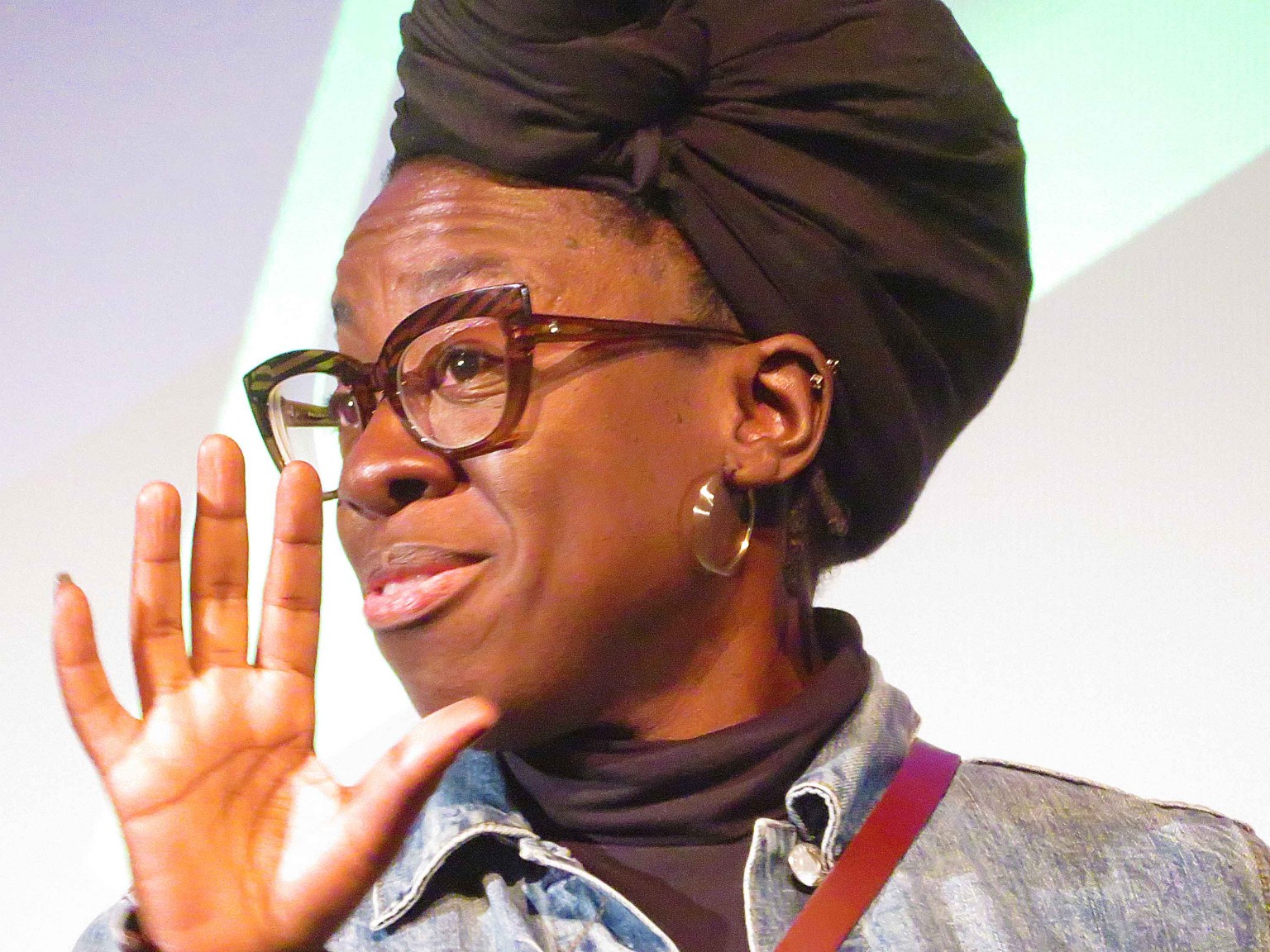 debbie tucker green
debbie tucker green
Like most years, my October was dominated by the London Film Festival.
The programme may have been dramatically reduced but it was still a huge and diverse festival. And the addition of the Royal Festival Hall as the main venue definitely made my travel much simpler, even if the sound in there was pretty muddy.
This is the first year, for a while, that I’ve not written a full review of the films I saw. So here’s a brief run-down… with spoilers.
Titane was a fever-dream of hyper-violence and visual overload, about an erotic dancer who has sex with her car, becomes a serial killer, disguises herself as a vanished teenage boy and gives birth to an auto-chimera. The knowledge that it was written and directed by a woman (Julia Ducournau) somehow gives it the context of empowerment above exploitation, maybe. I won’t forget the stool scene in a hurry.
The conceit of Dashcam is that the entire film is shot from either a dashcam or the phone used to livestream the life of the film’s hugely unlikeable protagonist Annie, a Trump-voting, vaccine denialist who has used a window between restrictions to travel to the UK from the States. It’s a scary, vampirey movie which is very clever in its limited budget use and in capturing the zeitgeist of infection paranoia. There’s a whole subplot of onscreen comments in Annie’s stream that could catapult this to cult status.
Without Noomi Repace in the lead role, Lamb might be B-movie nonsense. But she elevates this film (about a human child with a sheep’s head) into a tender and thought provoking tale about loss, grief and the capacity of humans to do anything to grasp at happiness and protect their own.
For me, Earwig is a demonstration of style over substance. It’s weird, dark, creepy and melancholic but never gets beyond that. It’s a dark novella whose concepts really don’t translate onto screen (at least from my perspective).
Director Apichatpong Weerasethakul is (I’ve now learned) an auteur. His films are lingering, long, still shots from fixed cameras. In Memoria, Tilda Swinton is in Colombia, attempting to visualise a sound that haunts her dreams. It slowed time, sucked me into its pace and forced me to engage. I loved it apart from the pay-off at the very end.
I was at BFI for the first screening of debbie tucker green’s film of her play, ear for eye, before it screened on the BBC the same evening. It was such a privilege to be in the building as actors, contributors and families met for the first time, in the corridors and as they took their seats. The play tackles the everyday racism and compromises made by people of colour, in the face of overwhelmingly white authority. It’s powerful and one of the best filmed plays I’ve ever watched.
The French Dispatch was peak Wes Anderson, of course.
The Tragedy of Macbeth was the closing gala of the festival. I watched it from the Gods above the Royal Festival Hall, overlooking festival sponsors in black-tie and ballgowns. This is the first Coen Brother film. Joel Directed but Ethan did not Produce – Frances McDormand did, as well as playing Lady to Denzel Washington’s Macbeth. It was over-stylised, overblown, overly American in its perspective, and I loved every moment of it.
 John Cooper Clarke at The Stag
John Cooper Clarke at The Stag
 Dune at IMAX
Dune at IMAX
I was evidently keen to squeeze in as much as I could in October.
I saw the legendary John Cooper Clarke (plus excellent support from Mike Garry) at The Stag in Sevenoaks.
And the ludicrously high budget Dune remake, directed by Denis Villeneuve, on the large IMAX screen in Waterloo.
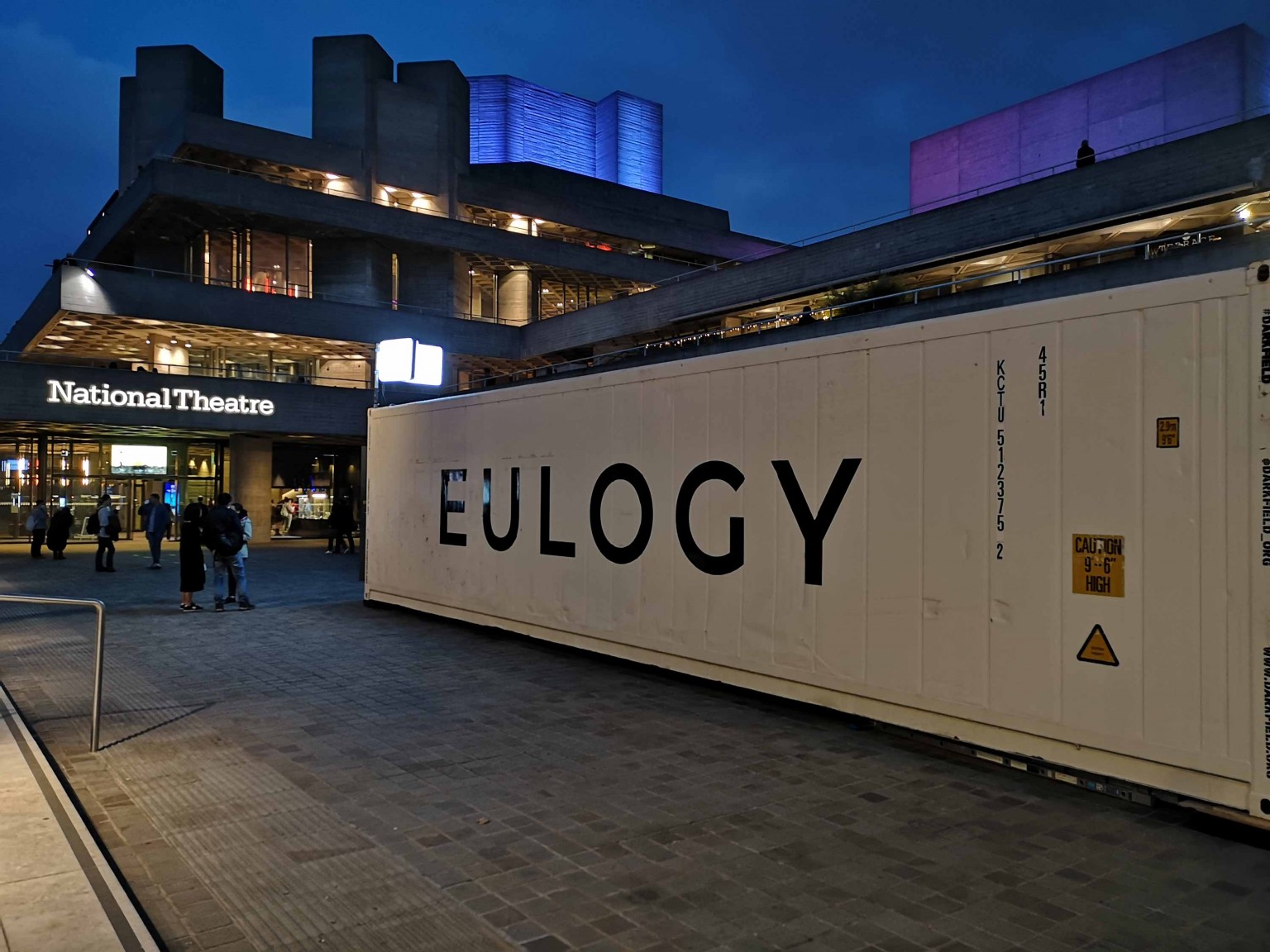 Darkfield's shipping container
Darkfield's shipping container
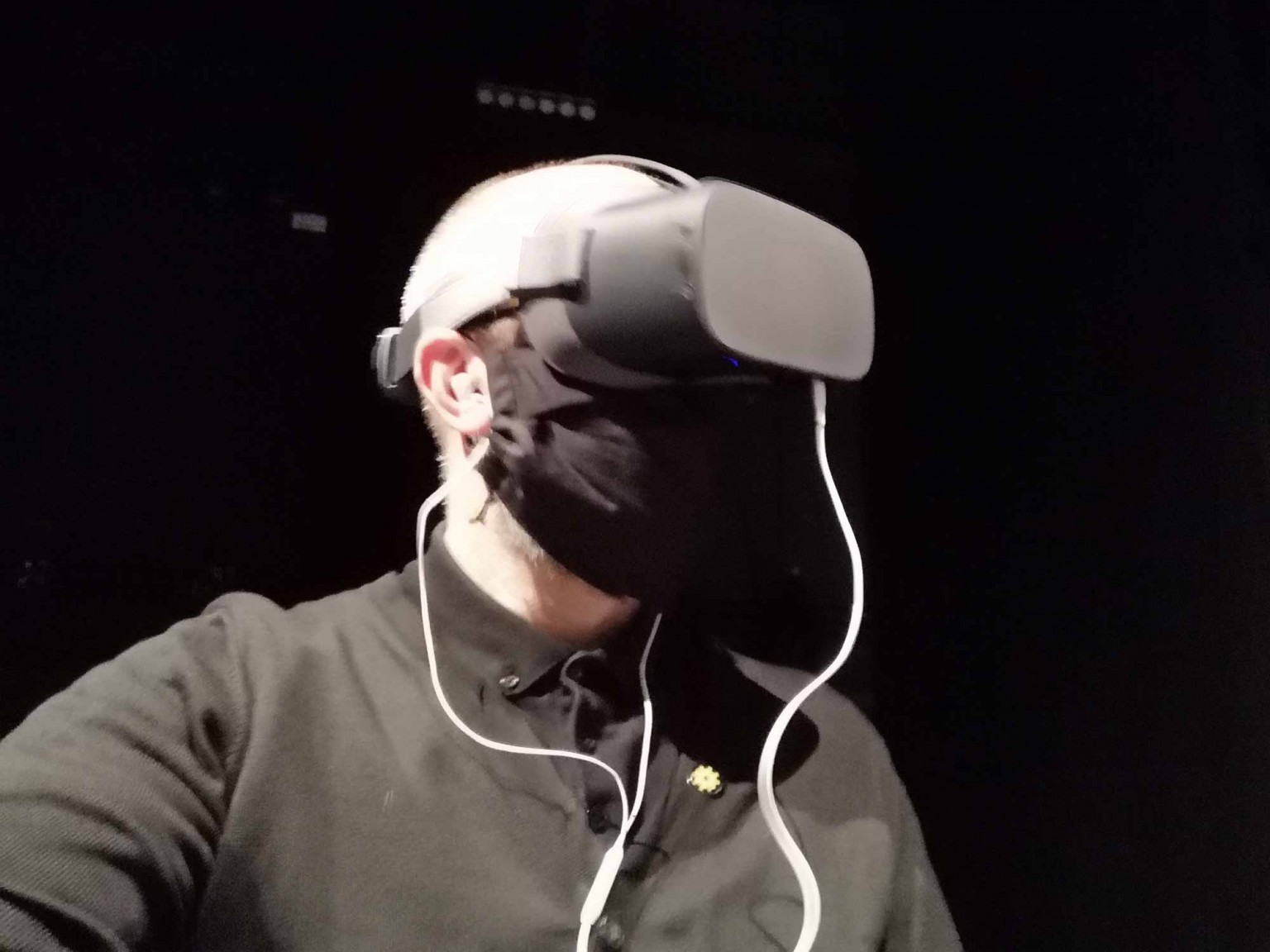 Me, in VR goggles at The Place
Me, in VR goggles at The Place
Plus a new, containerised immersive experience from Darkfield. Eulogy placed me in a cage and invited me to experience a dream/nightmare being pushed through the rooms of a conference hotel.
And an experimental VR dance performance, presented by Aerowaves. At The Place, Joy Alpuerto Ritter performed her solo ‘Babae’ dance, seemingly right in front of me, although actually she was in Luxembourg.
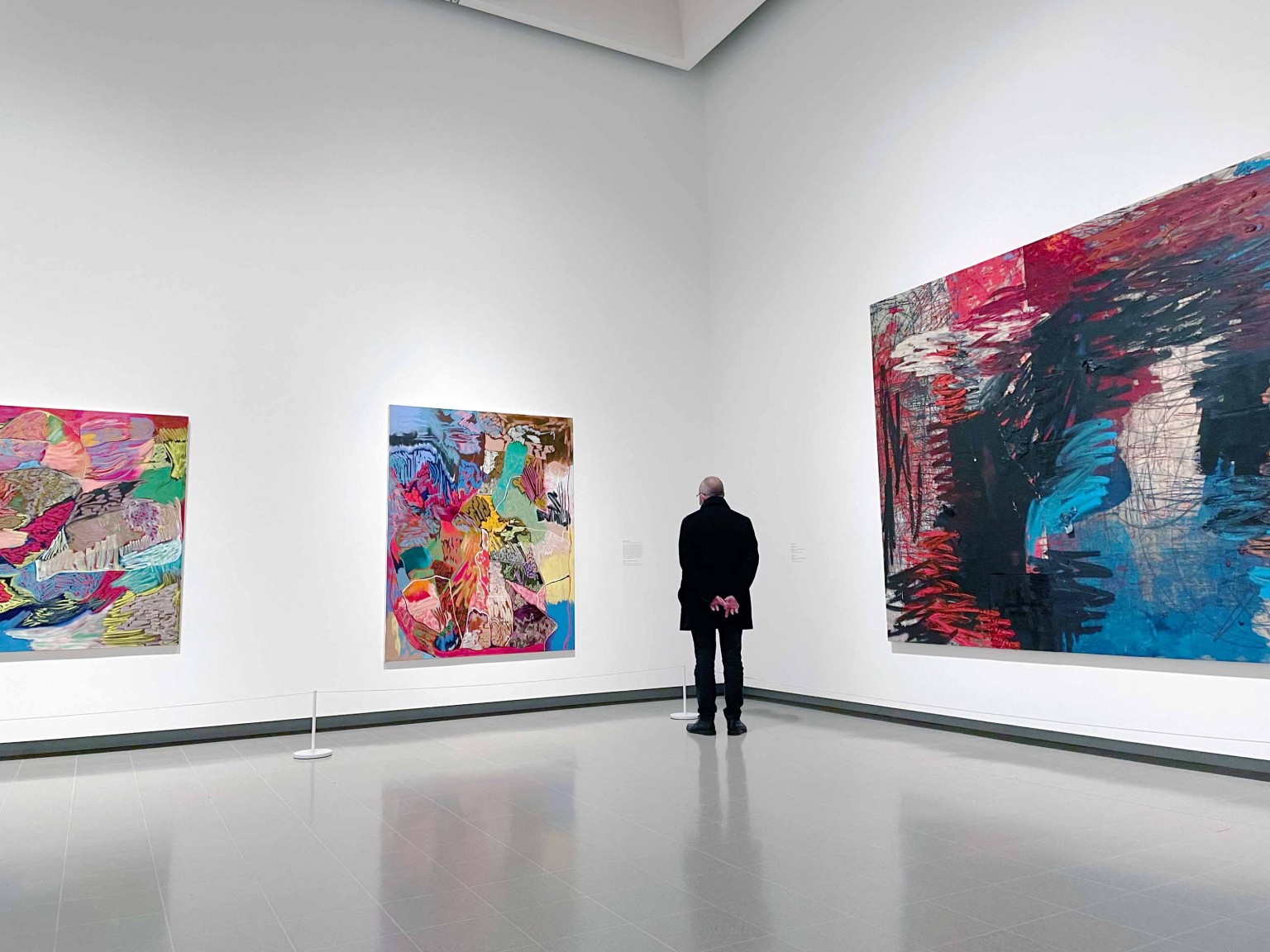 Me at Hayward Gallery
Me at Hayward Gallery
 a'strict, Starry Beach
a'strict, Starry Beach
And two very different exhibitions from the very best contemporary artists.
Mixing It Up: Painting Today at the Hayward Gallery, which had an excellent, eclectic mix of work by 31 painters who seemed to have nothing in common other than they are alive and produce great work, sometimes using paint. Or as the website says “the artists in this exhibition make works that oscillate between observation and invention, depiction and allegory, illusion and materiality”.
And another trip to 180 The Strand (fast becoming my favourite art space) for LUX: New Wave of Contemporary Art, featuring 12 of the World’s most celebrated artists pushing the boundaries of immersive art.
Mixing It Up: Painting Today at the Hayward Gallery
We went to this eclectic exhibition of contemporary painting for our October Cog Night. Ed shares his highlights.
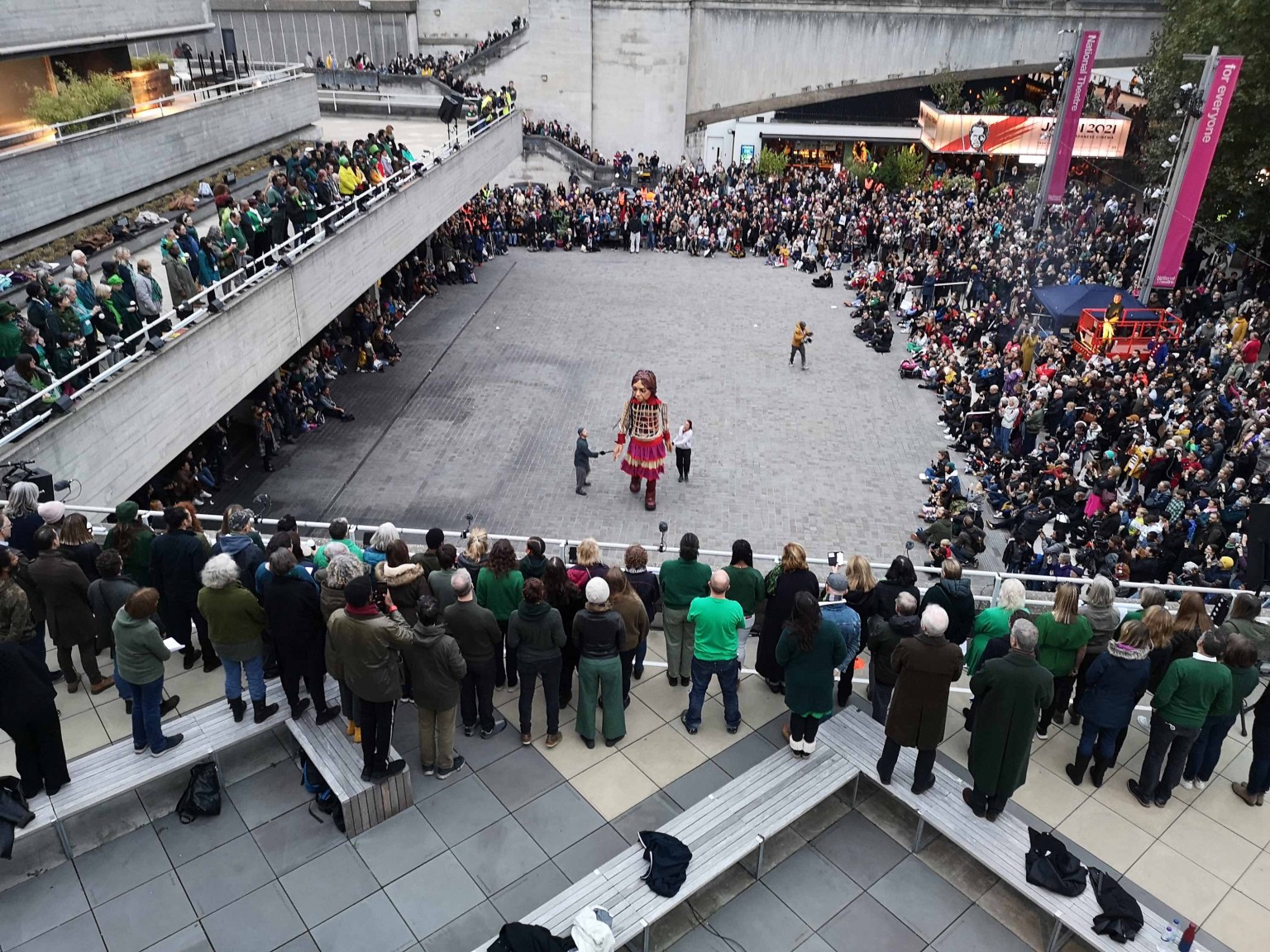 Little Amal at National Theatre
Little Amal at National Theatre
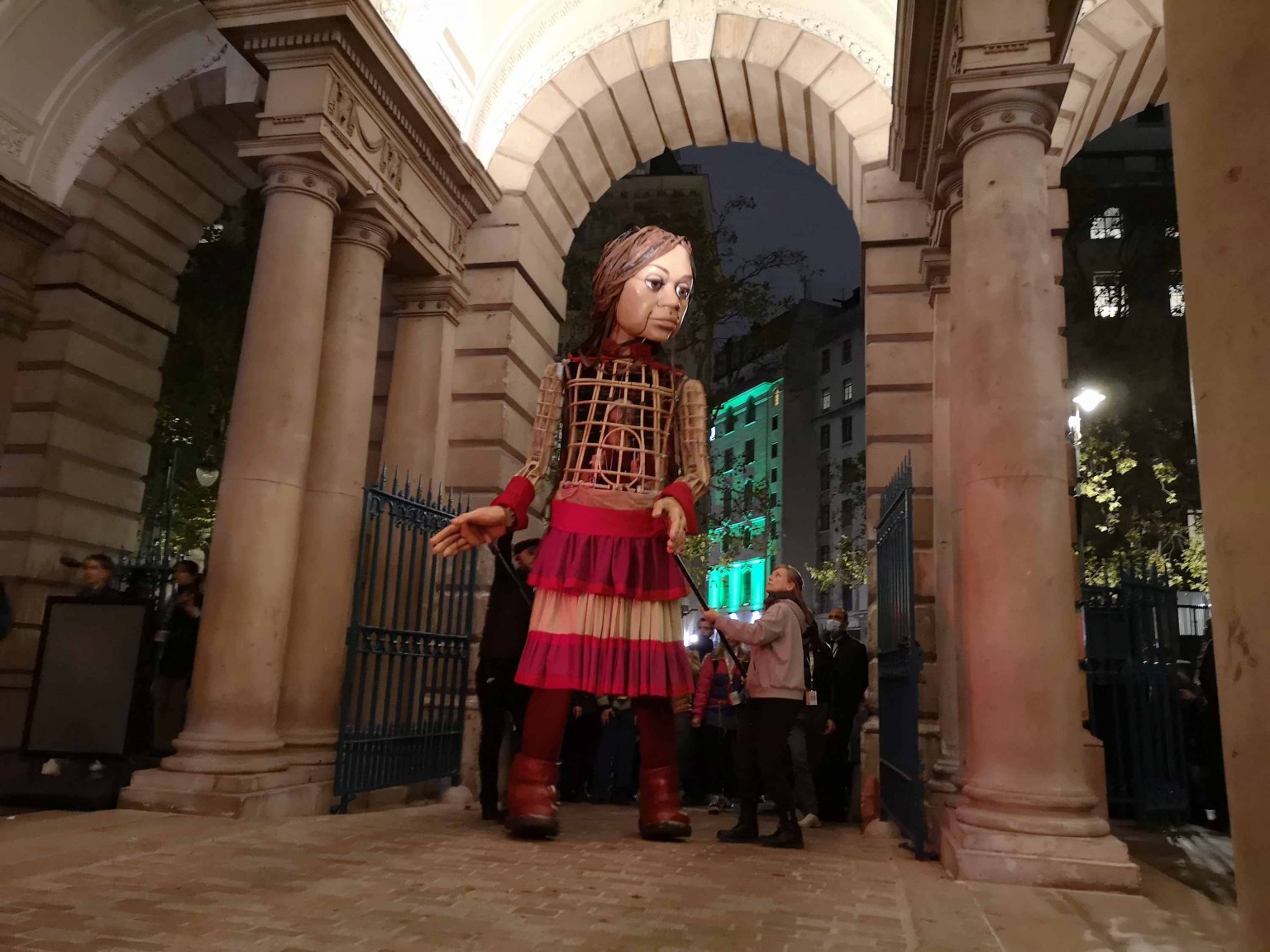 Little Amal entering Somerset House
Little Amal entering Somerset House
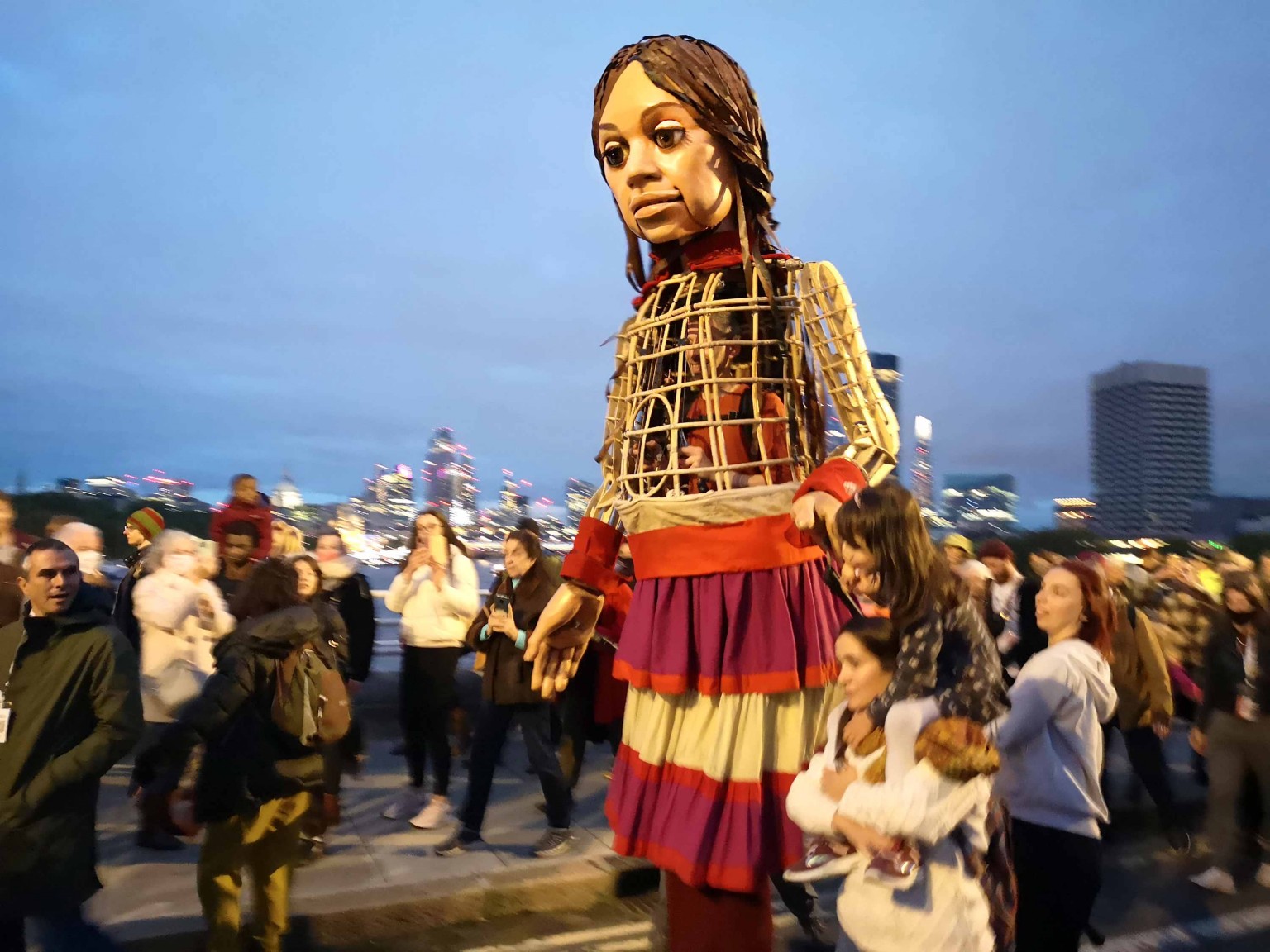 Little Amal crossing Waterloo Bridge
Little Amal crossing Waterloo Bridge
Oh… and I spent a wonderful day following Little Amal as she walked around London.
Little Amal is a 3.5 metre-tall living artwork, a walking puppet representing a young Syrian refugee child. She was made by War Horse creators Handspring Puppet Company. She travelled 8,000km, walking across Turkey, Greece, Italy, France, Switzerland, Germany, Belgium and the UK to focus attention on the urgent needs of young refugees.
My partner had welcomed her to Ramsgate and walked with her in Deptford. I joined her at London’s South Bank and celebrated with the crowds, and we walked across Waterloo Bridge and saw her dancing with children in Somerset House.
I even got to meet some of the puppeteers and entourage. Such a special day.
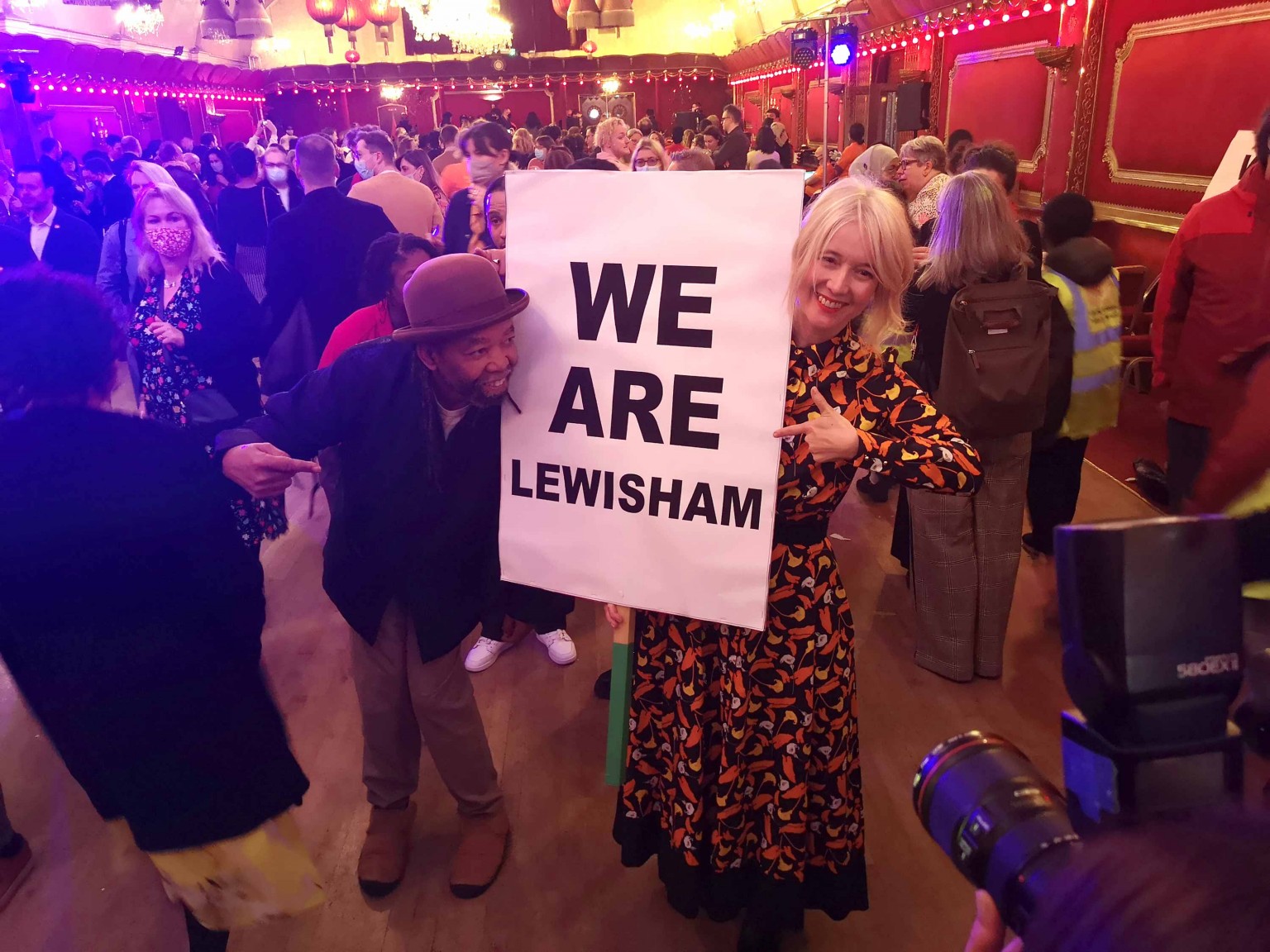 Justine Simons and the crowd at Rivolli Ballroom
Justine Simons and the crowd at Rivolli Ballroom
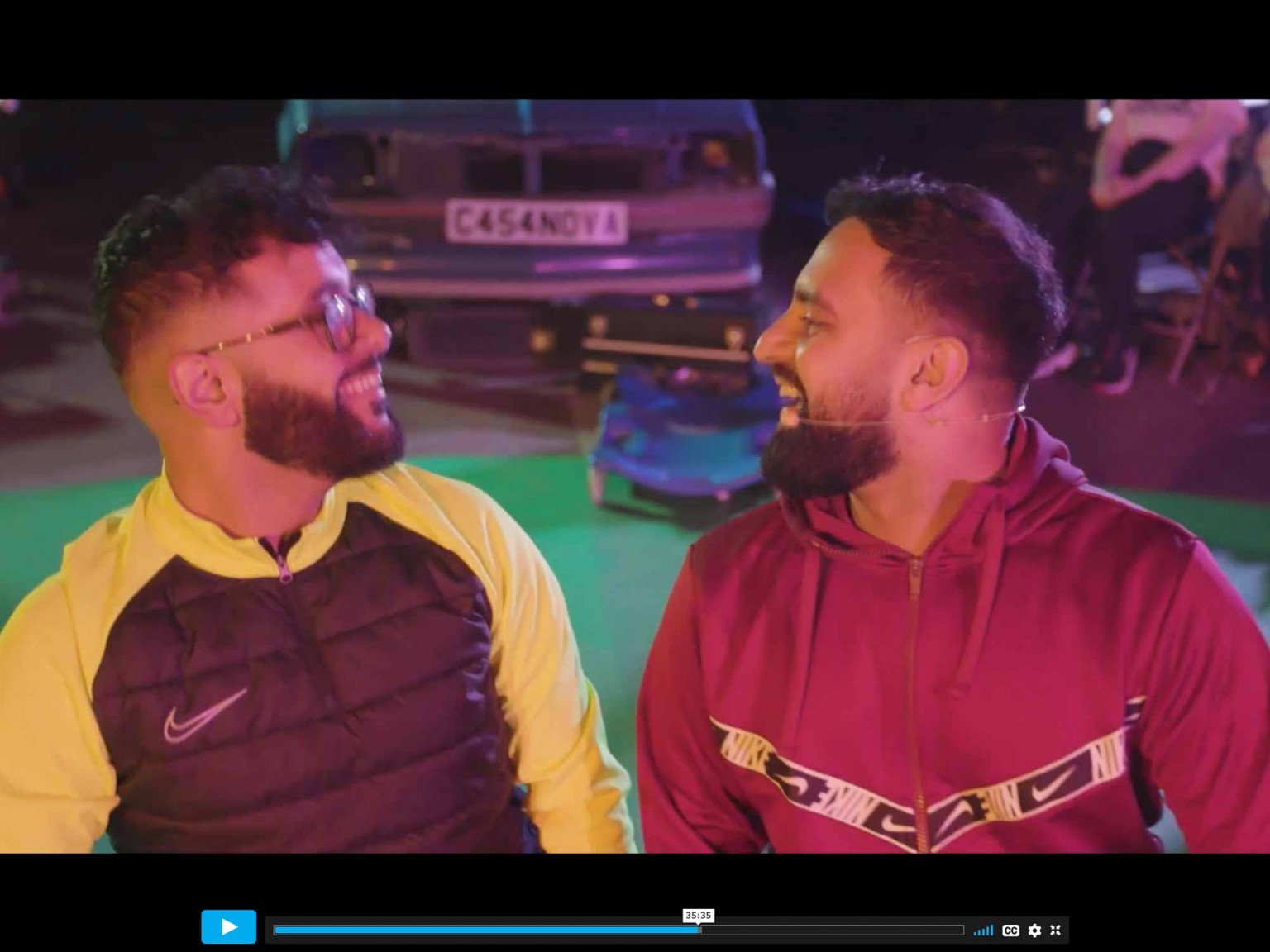 Casper Ahmed and Sohail Hussain
Casper Ahmed and Sohail Hussain
November
Maybe I’ve overdone it in October because I did very little in November. Actually I think I was just very busy with work.
For our Cog Night we decided on an online event. Partly because we wanted to be more inclusive of our wider team, and partly because everyone was still nervous of physical outings.
Peaceophobia, was staged in a concrete car park in Bradford, where three young Muslim men talked about their passion for custom cars and the troubles of their lives. It was a show that I’d really wanted to catch on tour but it hadn’t come near me. So it was great to experience it online. I’ve written a review, elsewhere.
And then a couple of days later I was at the Rivoli Ballroom for the launch of Lewisham Borough of Culture. The event featured a performance of the ‘LBoC BOP’ by dance theatre group IRIE!, a poetry reading by Inua Ellams and a musical performance by the collective Steam Down. It was also the first time I’d shaken hands for a year and a half; that felt very odd.
The day after, the World Health Organisation gave Covid variant B.1.1.529 the name Omicron.
Peaceophobia – Fuel Theatre
Our November Cog Night was online. Three young Muslim men about their passion for custom cars and the troubles of...

Badge given to early attenders of the Kit Kat Club
December
I was nervous of going to see this new production of Cabaret. Not just because of the threat of Omicron but because I had so loved the 1993 Donmar version (with Alan Cumming and Jane Horrocks) that I worried it couldn’t compete.
It couldn’t but it was fantastic and fantastical all the same.
We queued (and showed our Covid credentials) before descending, via the stage door into the basement of the Kit Kat Club (the entirely transformed Playhouse Theatre). Through beaded curtains we glimpsed bearded ladies, louche performers and lounge lizards.
From our veyy expensive balcony seats we looked down on those who had paid so much more, on the decadence of a sordid society at the brink of collapse. Champagne flowed and tills rang (well, contactless points beeped) as bodiced performers weaved between tables, squeezing the life from accordions.
It was great to see such a range of gender-fluidity in those performers although they did feel very distant and safe. Maybe it is impossible to truly capture the intimacy and danger of the Weimar Republic, during a post #MeToo pandemic.
The show was spectacular in every sense. Eddie Redmayne’s Emcee was a little more mannered than threatening but Jessie Buckley was a brilliantly vulnerable, unhinged and defiant Sally Bowles.

Illuminated poster for The Book of Dust
What turned out to be my last cultural outing of the year was Philip Pullman’s The Book of Dust – La Belle Sauvage, at Bridge Theatre. Another show that had been postponed so often I wasn’t sure it’d ever happen.
It was alright if you’re into fantasy magic gubbins, which my family are. I enjoyed the technicality of the staging, and the star of the show for me was the realistic movement of the boat, the eponymous La Belle Sauvage.
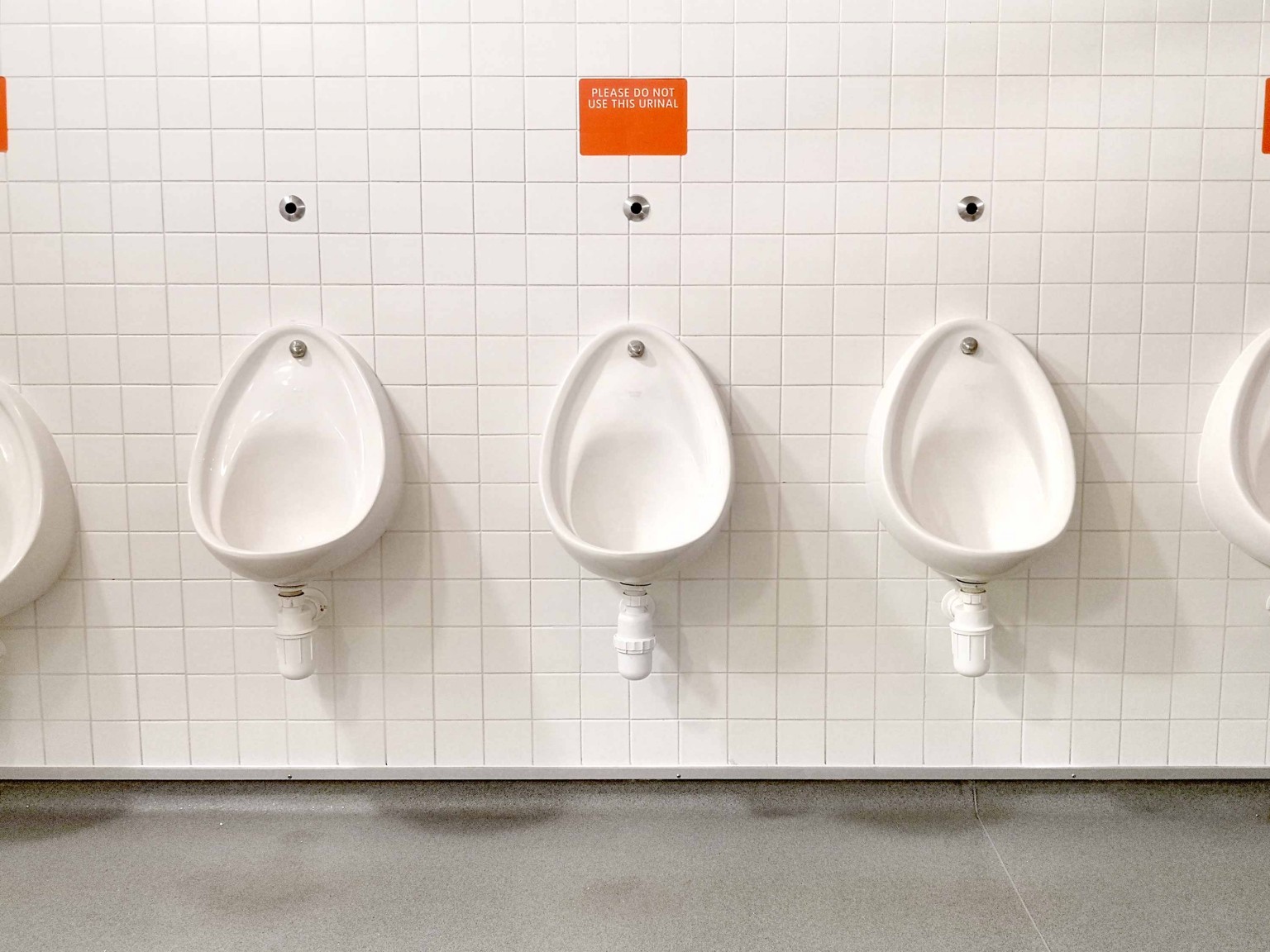
And so my year ended as it began.
Cultural events closed again, either because audiences stayed away or due to the cast being decimated by infection and exposure.
Within a month of the Omicron announcement, everyone I knew was infected or affected.
A few weeks later I’m recovering if not fully recovered. And the numbers, at least in the UK, are looking promising. Infection rates seem to be dipping and the cultural sector has a spring in its step.
Maybe 2022 will be the year of recovery. Let’s check back in this time next year.


